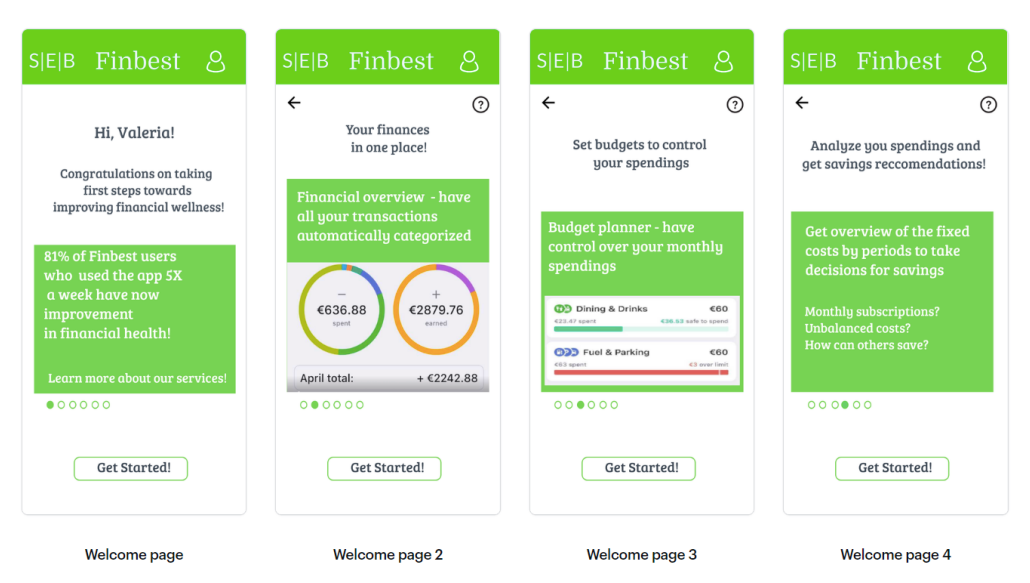WHY JOIN?
Develop your digital product management skills at the master’s level
Understand the role and the importance of a product manager through real-life examples
Experience practical problem-based learning in collaboration with companies
Learn to cooperate with interdisciplinary students and grow your professional network through interactions with professional product managers
Earn credits that count towards the Practice Module or Internship in the curriculum
COURSES
Course code: LTAT.05.007
Amount of credits: 6 ECTS
Schedule: Autumn (Block mode) or Spring semester (Regular)
See in ÕIS
With computers evolving from large mammoth machines, to literally fitting in the palm of our hands, the way in which we interact with them has also changed dramatically. Going
Course code: MTAT.03.325
Amount of credits: 6 ECTS
Schedule: Autumn (Block mode) or Spring semester (Regular)
See in ÕIS
This course introduces a range of methods for managing software products. The course covers the entire life-cycle of software products, from identifying customer needs, the validation of initial ideas,
Course code: LTAT.05.019
Amount of credits: 6 ECTS
Schedule: Autumn and Spring semester
Recommended: LTAT.05.007 Human Computer Interaction, MTAT.03.325 Software Product Management
See in ÕIS
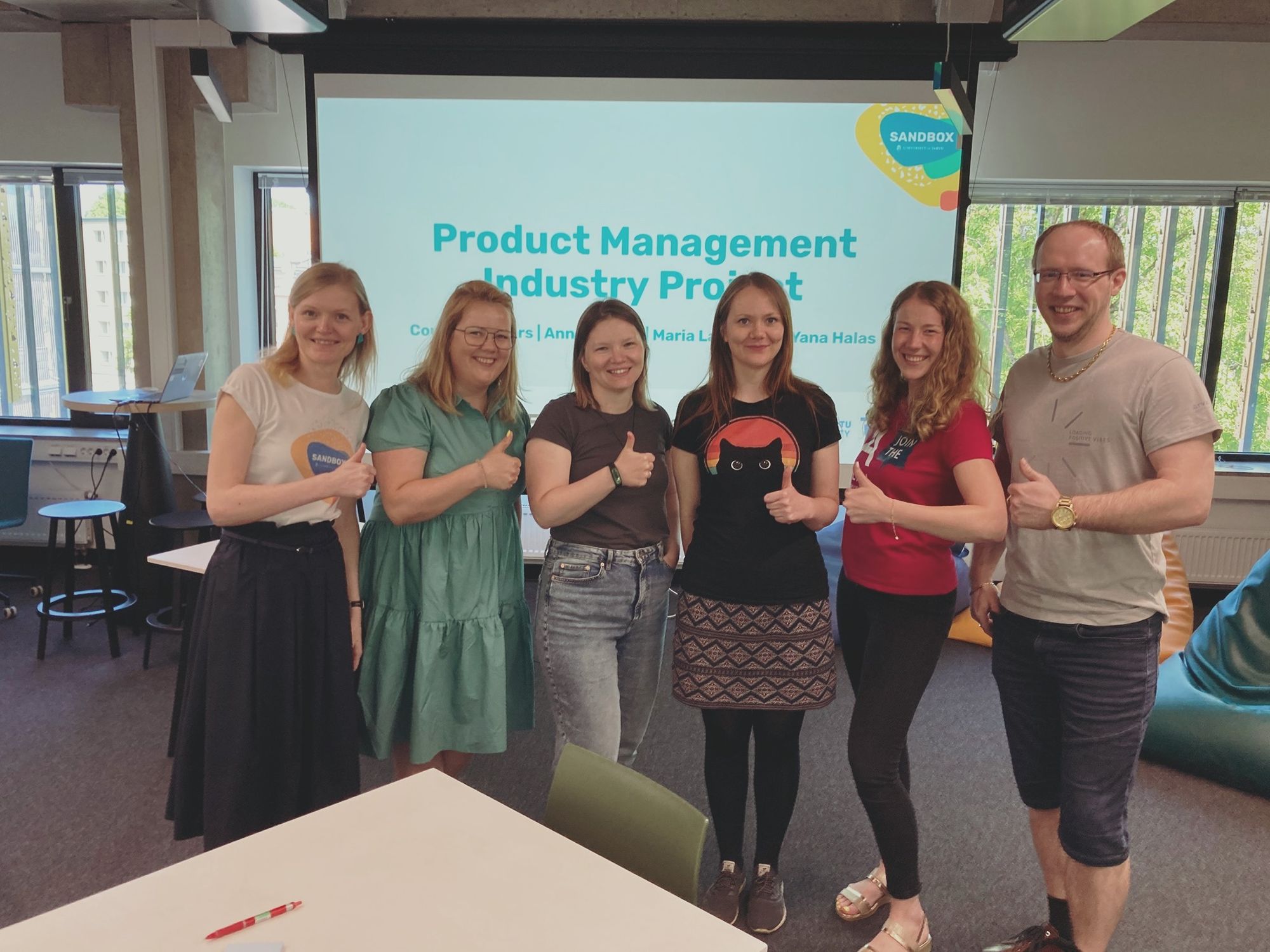
With a strong focus on industry collaboration, this project based course
Course code: LTAT.05.011
Amount of credits: 6 ECTS
Schedule: Spring semester
See in ÕIS
This course's focus is to give students first-hand experiences of conducting a digital product management project, understand the complexity of such projects and prepare them for a real-life experience.
On successful completion of this
Course code: LTAT.05.022
Amount of credits: 3+3 ECTS
Schedule: Autumn and Spring semester
See in ÕIS
Ever wondered what goes into building and managing great digital products? This course is designed to answer just that with a focus on examples from different companies and research papers. We
Course code: LTAT.05.029
Amount of credits: 3 ECTS
Schedule: Autumn (in Estonian) and Spring (in English) semester
See in ÕIS
The course aims to introduce the basic principles of design thinking to apply creative and imaginative methods to point towards future solutions in different fields.
Design thinking offers
Course code: LTAT.05.030
Amount of credits: 1 ECTS (Autumn) + 2 ECTS (Spring)
Schedule: Autumn and Spring semester
See in ÕIS
The objective of the course is to support students participating in the Sandbox Programme and provide the necessary abilities for them to complete it. A student that has
HOW MUCH DO YOU KNOW ABOUT DIGITAL PRODUCT MANAGEMENT?
COMPLETED PROJECTS SHOWCASE
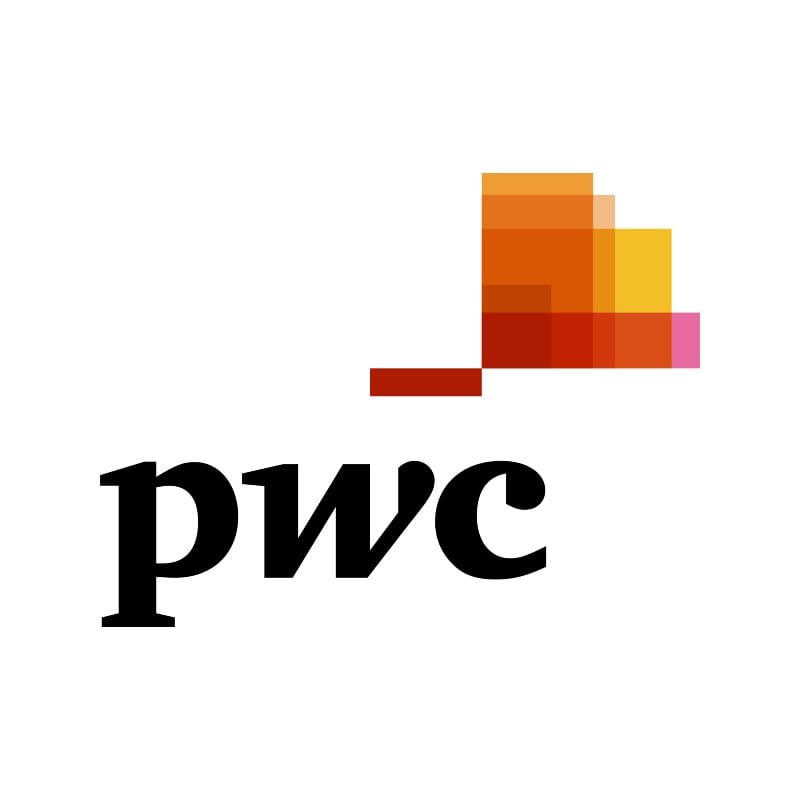
Course: Digital Product Management Industry Project
Team PwC: Helena Sokk (Master's in Computer Science), Viktoria Ivanova (Conversion Master in IT), Andres Kõiv (Conversion Master in IT)
Semester: Autumn 2024
The Challenge
AS PricewaterhouseCoopers Advisors (PwC), a renowned professional services firm, brings its extensive expertise in business analysis and service design to support Estonian public sector institutions. PwC has especially extensive experience in supporting the state in developing the digital gateway for entrepreneurs via state portal eesti.ee, which aims to streamline its services for entrepreneurs, making the platform more accessible and user-friendly. The student team was tasked with addressing the primary challenge of proposing ideas for a unified digital environment that simplifies how entrepreneurs interact with the state and access public services.
Process and Solution
To tackle this challenge, the PwC team employed Design Thinking and user-centered methodologies. Their journey began with stakeholder analysis and user research to identify the core needs and pain points of entrepreneurs navigating the eesti.ee platform. The team also conducted a best practice analysis to gather ideas from around the world on similar solutions. Through iterative design and user testing, the team proposed a solution that emphasized usability, clarity, and functionality.
The primary persona guiding the design was Jaan, a multitasking microbusiness owner who values professionalism and efficiency. Jaan represents entrepreneurs who need quick, clear access to business-related information and services without unnecessary complexity. Insights from user interviews and surveys informed Jaan’s journey, highlighting both positive experiences and pain points encountered on the existing platform. The team explored several "How Might We" (HMW) questions to uncover opportunities for improvement:
• How might we make the eesti.ee platform for entrepreneurs a place where they can quickly and easily find all necessary information and services?
• How might we help entrepreneurs manage all business-related obligations and requirements in one place, saving time and resources?
• How might we get entrepreneurs to know that all services they need are available in eesti.ee?
From these explorations, the team prioritized the first HMW question, focusing on proposing ideas for a streamlined platform that consolidates essential services and information in an intuitive layout.
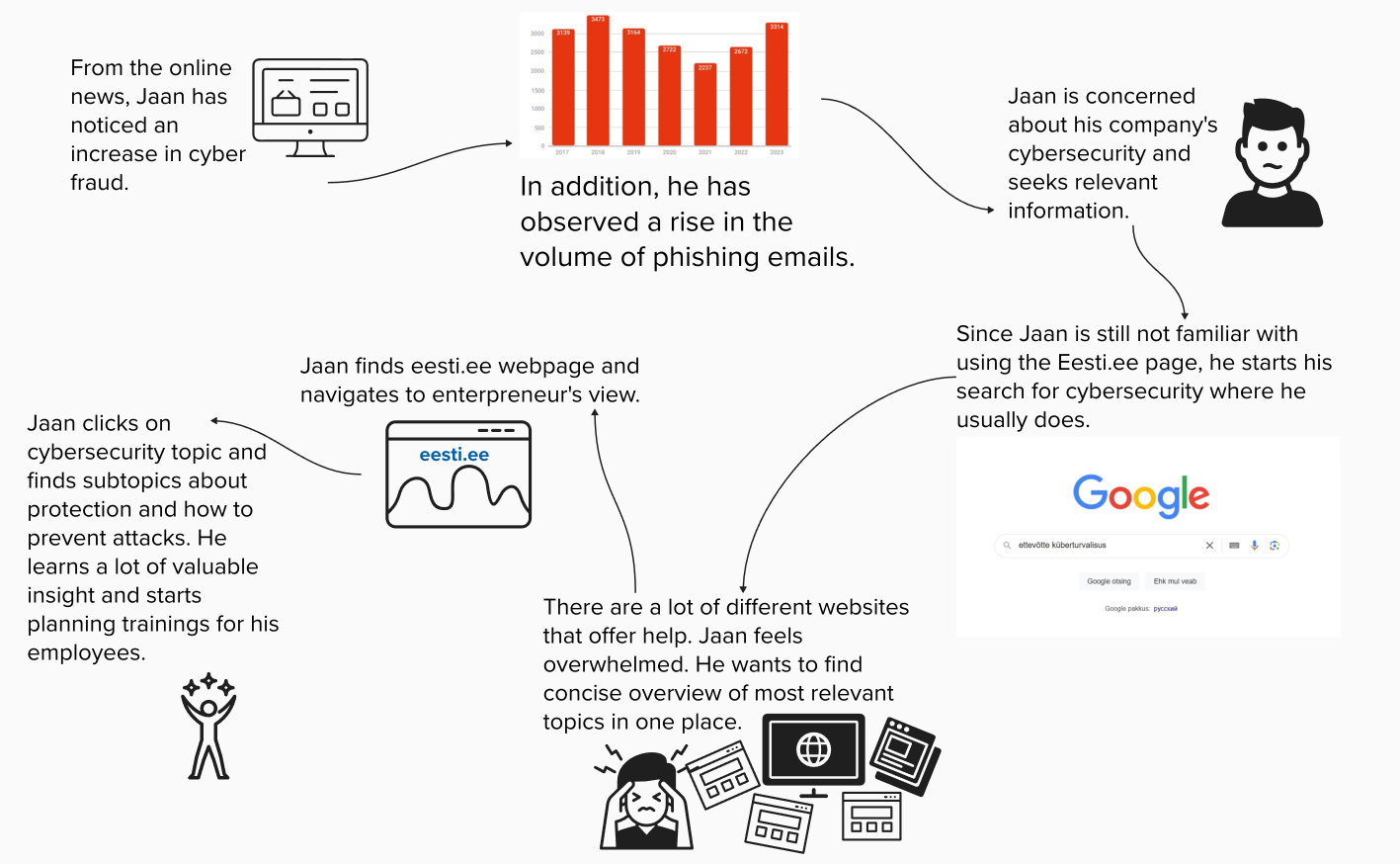
The proposed solution reimagines the eesti.ee portal for entrepreneurs with the following features:
• Visually Pleasing Design: Minimalistic and modern, the design ensures that key information is easy to locate.
• Consolidated Services: All essential business-related services and information are accessible from a single, cohesive interface.
• Direct Links and Navigation: Users can quickly access relevant resources through prominently placed links.
• Enhanced Cybersecurity and Public Procurement Sections: Step-by-step guides, intuitive subcategories, and practical examples simplify complex topics like cybersecurity and procurement.
The team’s prototype prioritizes user experience, ensuring that entrepreneurs like Jaan can seamlessly navigate the platform, reducing time spent searching for information. The solution was rigorously tested with entrepreneurs to refine its usability and functionality.
During the user testing, the prototype of the eesti.ee business portal was evaluated, in particular its usability and how effectively it supports businesses in accessing cybersecurity-related information. Businesses reviewed the content and answered specific cybersecurity-related questions.
- Team "PwC"
By aligning with eesti.ee’s existing vision, previously conducted business analyses, the developments done so far, the PwC team has proposed great ideas on how to elevate the public service provision via the state portal to entrepreneurs. The proposed ideas not only simplify access to public services but also foster greater engagement with Estonia’s digital government infrastructure. With ongoing refinements and user collaboration, eesti.ee is poised to become the go-to resource for entrepreneurs navigating the complexities of state services.

Course: Digital Product Management Industry Project
Team UT IT: Aytaj Nurullazade (Master's in Computer Science), Kadi Riin Tanila (Conversion Master in IT), Mariliis Mieler-Tallo (Conversion Master in IT), Shivam Maheshwari (Master's in Computer Science)
Semester: Autumn 2024
The Challenge
The University of Tartu IT department plays a crucial role in supporting the university’s digital infrastructure, managing over 17,000 users, 300+ servers, and 100+ information systems. Despite its extensive capabilities, the current payment system for students presents significant challenges. It lacks transparency, making it difficult for students to track their financial obligations and academic progress effectively. Payment-related information is often buried in emails or scattered across systems, leading to confusion, missed deadlines, and financial stress. Additionally, the system relies heavily on manual processes, placing a substantial workload on academic affairs specialists.
The challenge is to design a smart, user-friendly payment system that not only simplifies transactions but also educates students about financial responsibility. The solution must enhance transparency, provide centralized access to payment information, and streamline the experience for both students and university staff.
Process and Solution
To address these issues, the UT IT team adopted a user-centric approach, starting with in-depth research and stakeholder engagement. Key user groups included fee-paying students, non-fee-paying students, and academic affairs specialists. Through empathy maps and persona development, the team identified core pain points and opportunities for improvement. For instance, Anna, a first-year fee-paying student navigating the overwhelming flow of university communications, highlighted the need for a clear and intuitive system to manage financial obligations.
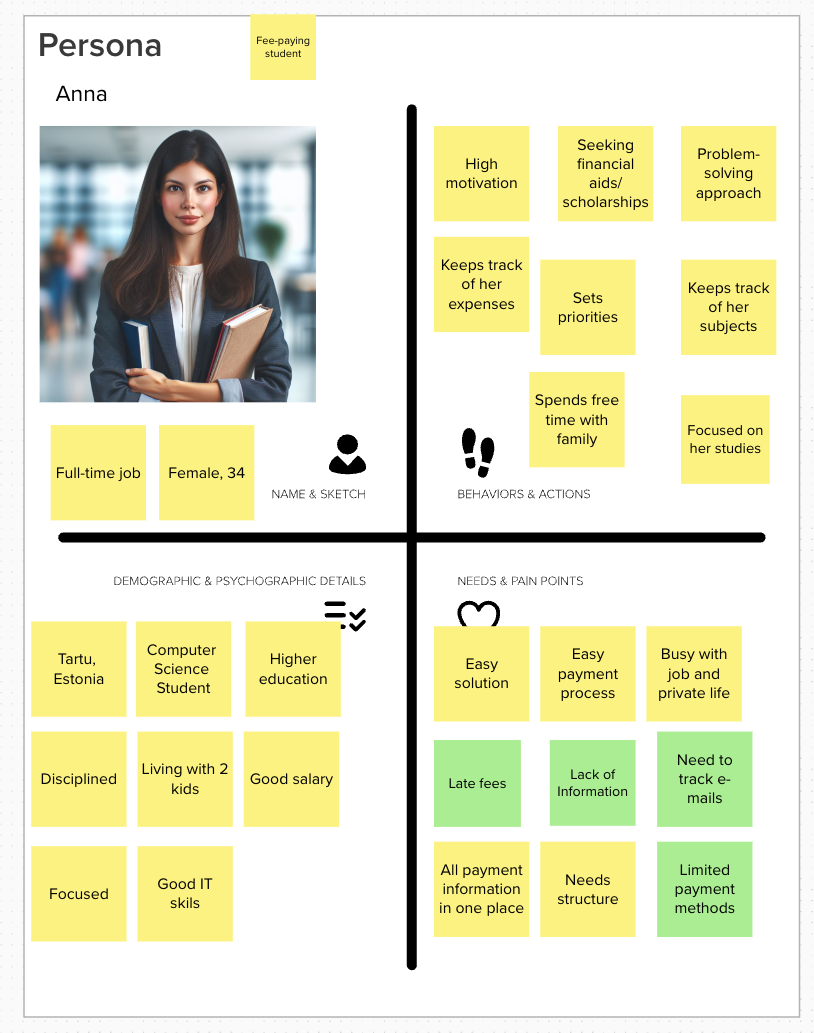
The team explored several "How Might We" questions to guide their design. Focusing on the primary question, "How might we encourage students to understand their financial responsibilities?", the team developed a solution to improve transparency and support informed decision-making.
The resulting prototype is a comprehensive, user-friendly payment system integrated into the university’s existing study information system. Key features include:
• Centralized Dashboard: Displays payment schedules, historical transactions, and upcoming deadlines in one place.
• Automated Notifications: Sends timely alerts and reminders about payment obligations.
• Awareness Alerts: Provides contextual information to educate students about financial responsibilities and the implications of missed payments.
• Multiple Payment Options: Supports various payment methods, including credit/debit cards, Apple Pay, Google Pay, and PayPal.
• Accessible Design: Ensures seamless integration with the university’s digital platforms for ease of use.
User testing validated the effectiveness of the design. Students appreciated the clear layout, intuitive navigation, and centralized access to financial information.
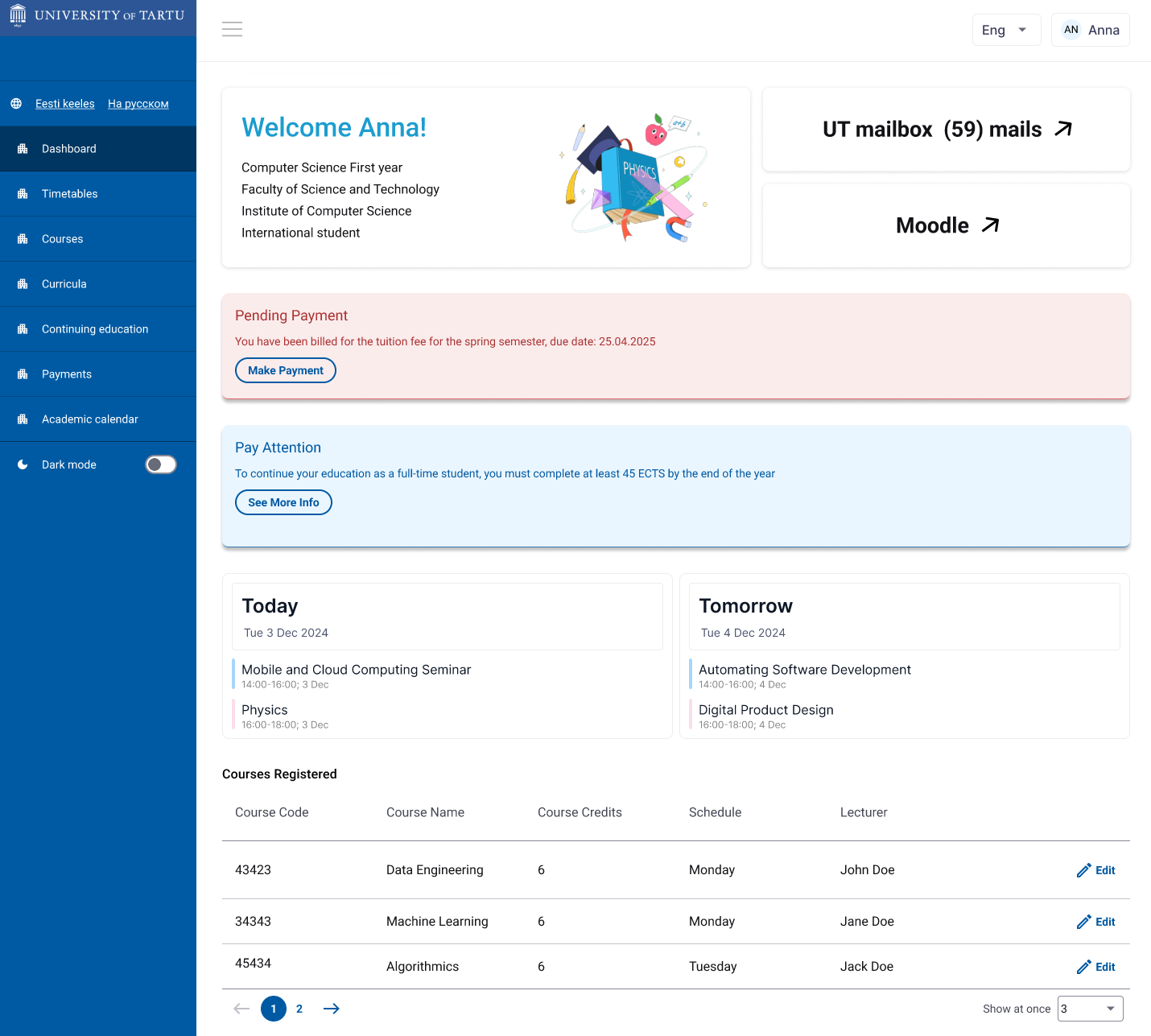
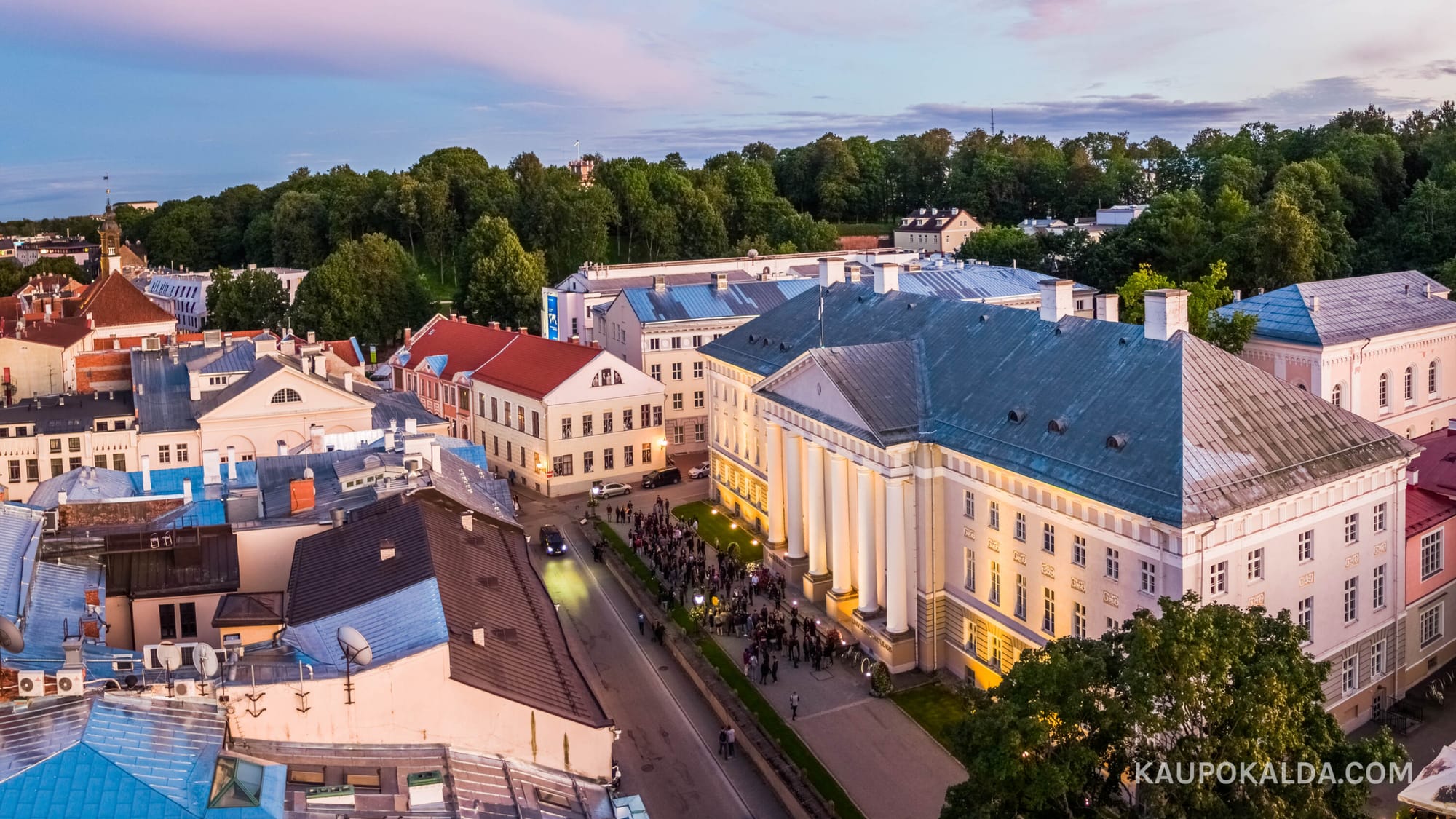
Course: Digital Product Management Industry Project
Team UT Web: Mihhail Sokolov (Master's in Data Science), Serle Kirsipuu (Conversion Master in IT), Yucui Wu (Master's in Computer Science), Zhou Han (Master's in Computer Science)
Semester: Autumn 2024
The Challenge
The University of Tartu’s website serves as a vital resource for diverse stakeholders, from alumni and researchers to prospective students and continuous learners. Central to this platform are staff contact cards, which currently provide basic details like name, email, and occupation but lack visual appeal and fail to meet the diverse needs of users. Researchers, for instance, wish to display their projects and publications, while other staff groups require customization to highlight role-specific information.
The challenge lies in redesigning these contact cards to enhance functionality, aesthetics, and accessibility, while automating content updates to reduce maintenance effort.
Process and Solution
The team began with a comprehensive stakeholder analysis, identifying key groups such as academic staff, support personnel, web designers, and external users. Extensive user research, including interviews and surveys, shed light on varied requirements across personas. The team developed three personas to represent the diverse user groups: Liisa, a Bachelor’s student; Kadi, a PhD student; and Mikk, an administrative staff member. Each of these personas has their own set of needs, pain points and goals.
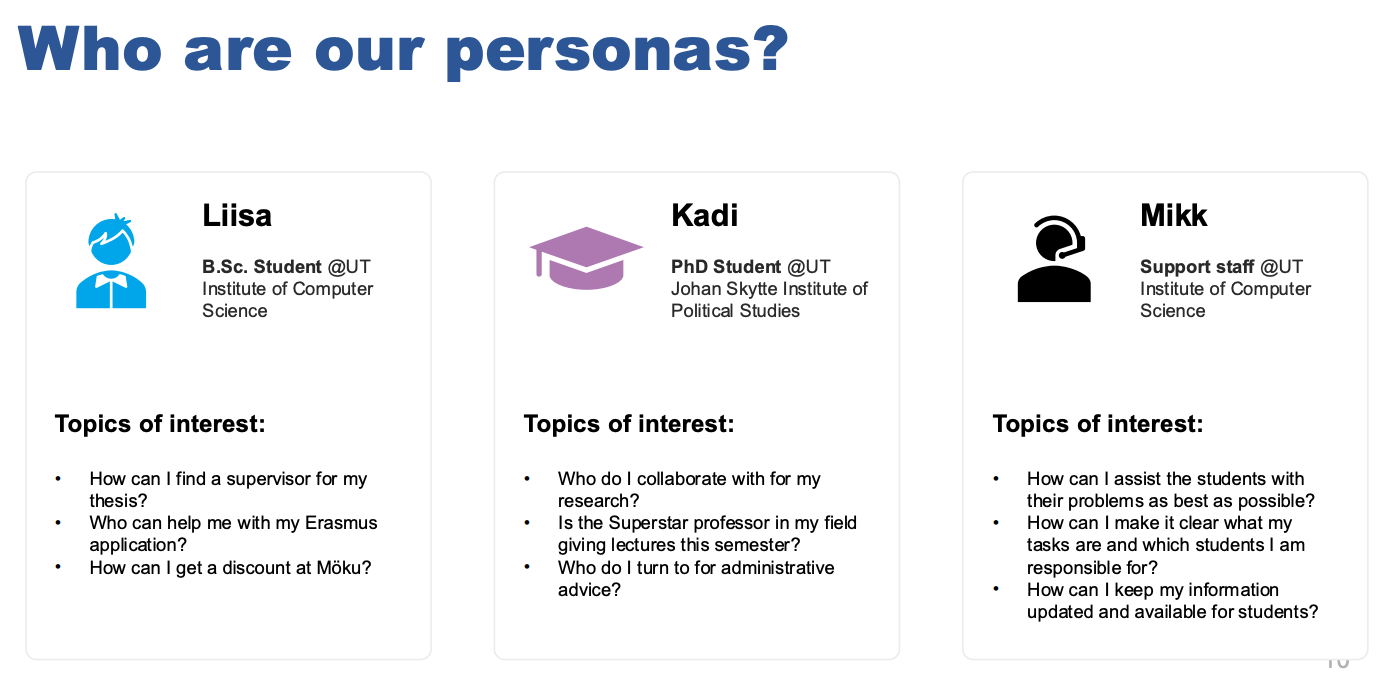
By synthesizing insights from research, the team focused on the following "How Might We" question: “How might we show relevant information about university employees while also making it easy and intuitive to access, and easy to maintain?”
The team devised a two-tiered approach to redesign the contact card system:
- Contact Cards: These are streamlined for clarity and consistency, presenting key details like email, phone number, and role in a visually appealing format.
- Personal Webpages: An extended profile for academic and non-academic staff that includes research publications, supervision topics, teaching records, and customizable sections. This structure accommodates diverse needs without overwhelming users.
Some of the key features of the solution include:
• Teaching Section: This accordion-style component expands to display the courses taught by a professor, with direct links to course pages for easy access.
• Supervision Topics: A dedicated section listing the supervision topics offered by professors, aiding students in finding relevant advisors for their theses or research projects.
• Academic Record: A comprehensive view of an academic staff member’s publications, projects, and prior thesis supervisions. This section integrates with the ETIS database for automated updates, reducing manual effort.
• Similar People Tab: A navigation aid that highlights other staff members with related roles or expertise, fostering collaboration and easier connections.
• Time booking: Some employees might have restricted times at which they accept students for counselling (e.g. psychologists). Having an easy link to the university booking system from a person’s personal web page can be quite useful.

User testing demonstrated the effectiveness of the new design. Participants praised the intuitive layout, improved search features, and accessibility enhancements. Academic staff appreciated the ability to showcase research and teaching topics, while students valued the streamlined navigation.
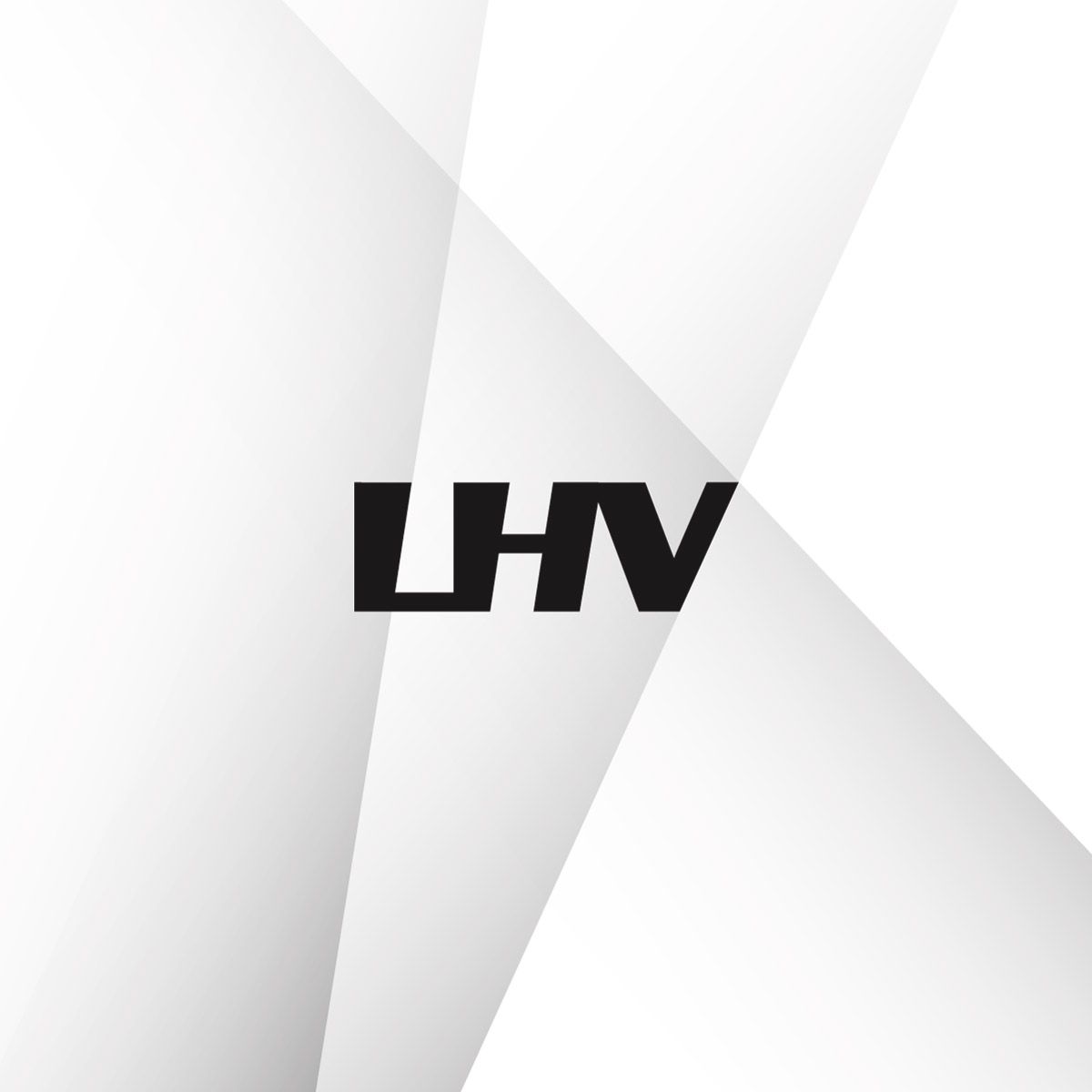
Course: Digital Product Management Industry Project
Team LHV: Külli Kivioja-Ööpik (Digital Product Management micro-credential programme), Shailaja Mahara (Master's in Software Engineering), Mariliis Mieler-Tallo (Conversion Master in IT), Aleksandr Roslin (Digital Product Management micro-credential programme), Henrik Aavik (Digital Product Management micro-credential programme)
Semester: Spring 2024
The challenge
AS LHV Pank is an Estonian-capital-based bank, serving more than 400,000 clients. LHV services for private customers include management of daily financial affairs and home loans. LHV's competitive edge is the best customer experience and offering customers the best options for growing their money. The services for Business customers include flexible and tailored financing solutions and management of daily financial affairs, and the services for financial intermediaries include a single banking platform for both EUR and GBP payments. LHV Pank’s products and services are simple, transparent, and relevant. With a market share of more than 15% in the Estonian daily banking, deposit, and business loan segments, LHV Pank is currently the third largest bank in the daily banking and deposit segments. LHV Pank's long-term goal is to become the largest bank in Estonia, focusing on efficiency, innovation and best-in-class service. With this in mind, the desired change is to encourage and persuade local e-merchants to adopt and implement LHV's payment-acquiring solutions, creating a more cohesive and integrated payment process within the LHV ecosystem.
Process and solution
Students began addressing the challenge by identifying the key stakeholders, including both large and small e-merchants, product managers, business growth managers, and others.
The LHV Team then conducted user research, interviewing both large and small e-merchants to understand their main gains, needs and pain points, and developed two personas accordingly.
Marta Tamm: Reseller who wants to integrate a payment solution into her e-shop.
Aleksander Kask: CFO, big technology selling company.
For Marta, the LHV Team identified needs such as an intuitive solution, alternative choices for customers, and support for limited IT skills in e-shop management, among other concerns. For Aleksander, significant pain points included risk mitigation, the necessity for redundant payment solutions, high service fees, and concerns about security and reliability.
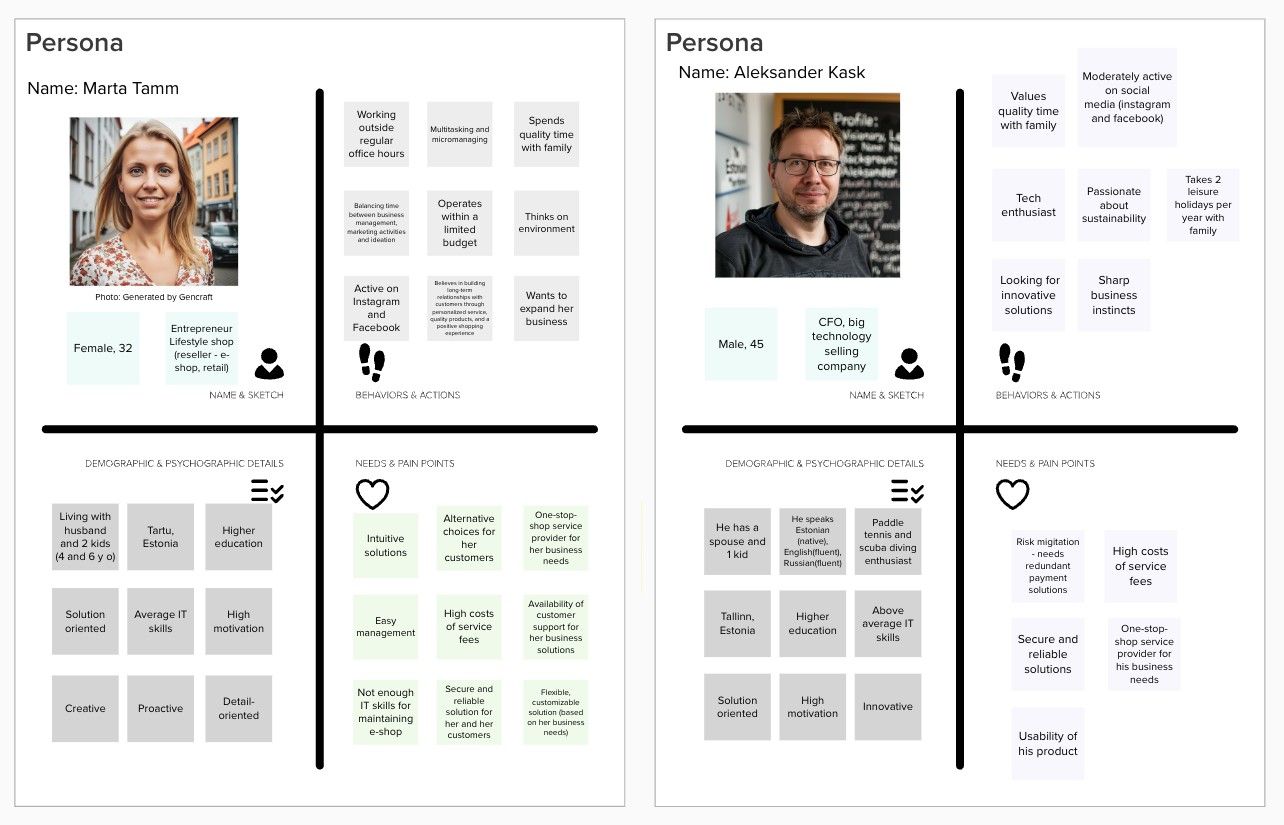
Before proceeding to the ideation phase, the LHV team explored numerous design opportunities using the How Might We (HMW) technique. They considered questions ranging from "HMW highlight the solvable problems to the customers?" to "HMW make the bank feel like a spa, so that the user feels great?"
After careful consideration, the LHV Team decided to focus on the following design opportunity: "How might we showcase the benefits and flexibility of our online payment solution to attract more e-commerce business owners?" With this HMW question in mind, the team brainstormed various possible solutions, including presenting the payment solution as a children's book and developing an AI genie that asks, "What is your wish today?".
I am so overly super-excited about the HMWs and all the ideation methods we used during the project. This is what I didn´t expect at all to learn, but somehow it is one of the biggest new things I take with me.
- Külli Kivioja-Ööpik, student of the Digital Product Management micro-credential programme
In the end, the LHV team decided to focus on a customizable app tailored to the user's choices. They highlighted the following benefits of this solution:
• Users are asked to provide only the information necessary for preparing the offer and contract.
• Each payment solution is presented visually to ensure it is understandable for everyone.
• Users can sign the contract within a few minutes.
Moreover, the team conducted several rounds of user testing and incrementally improved their solution, ensuring the best user experience for the customers.
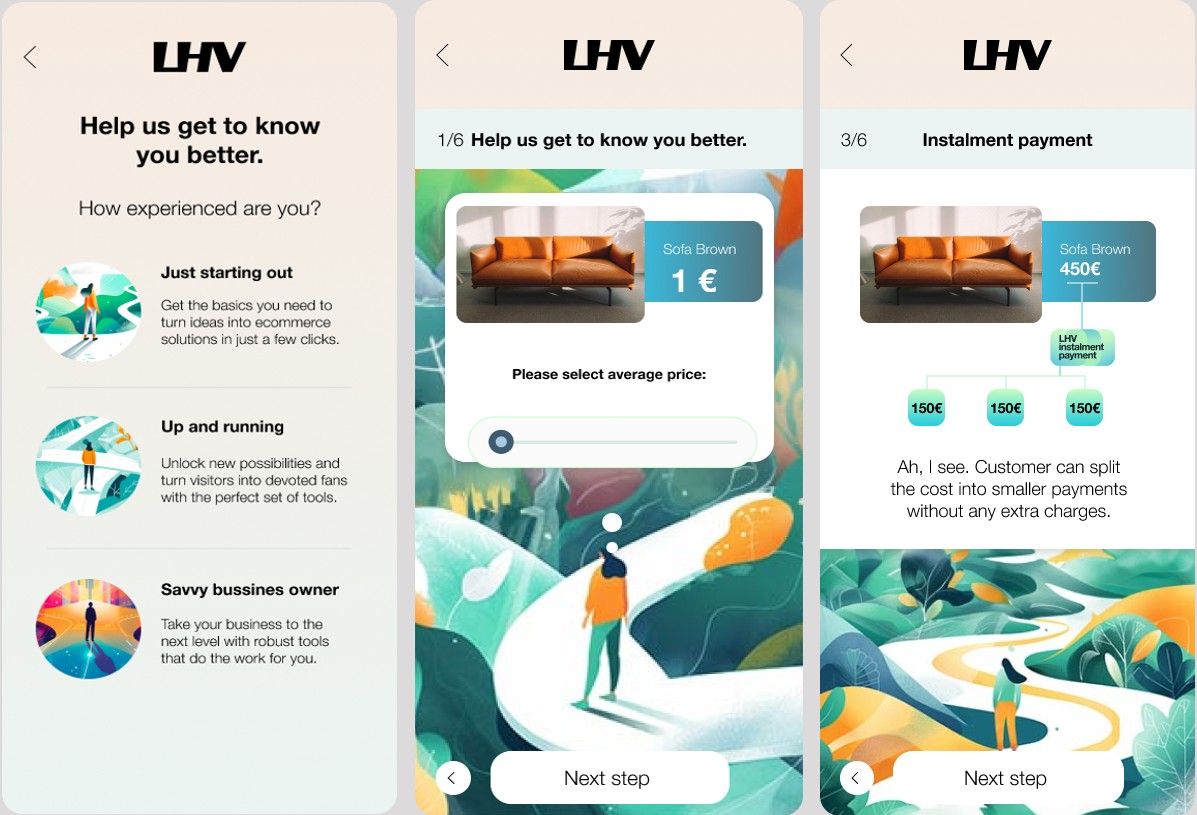
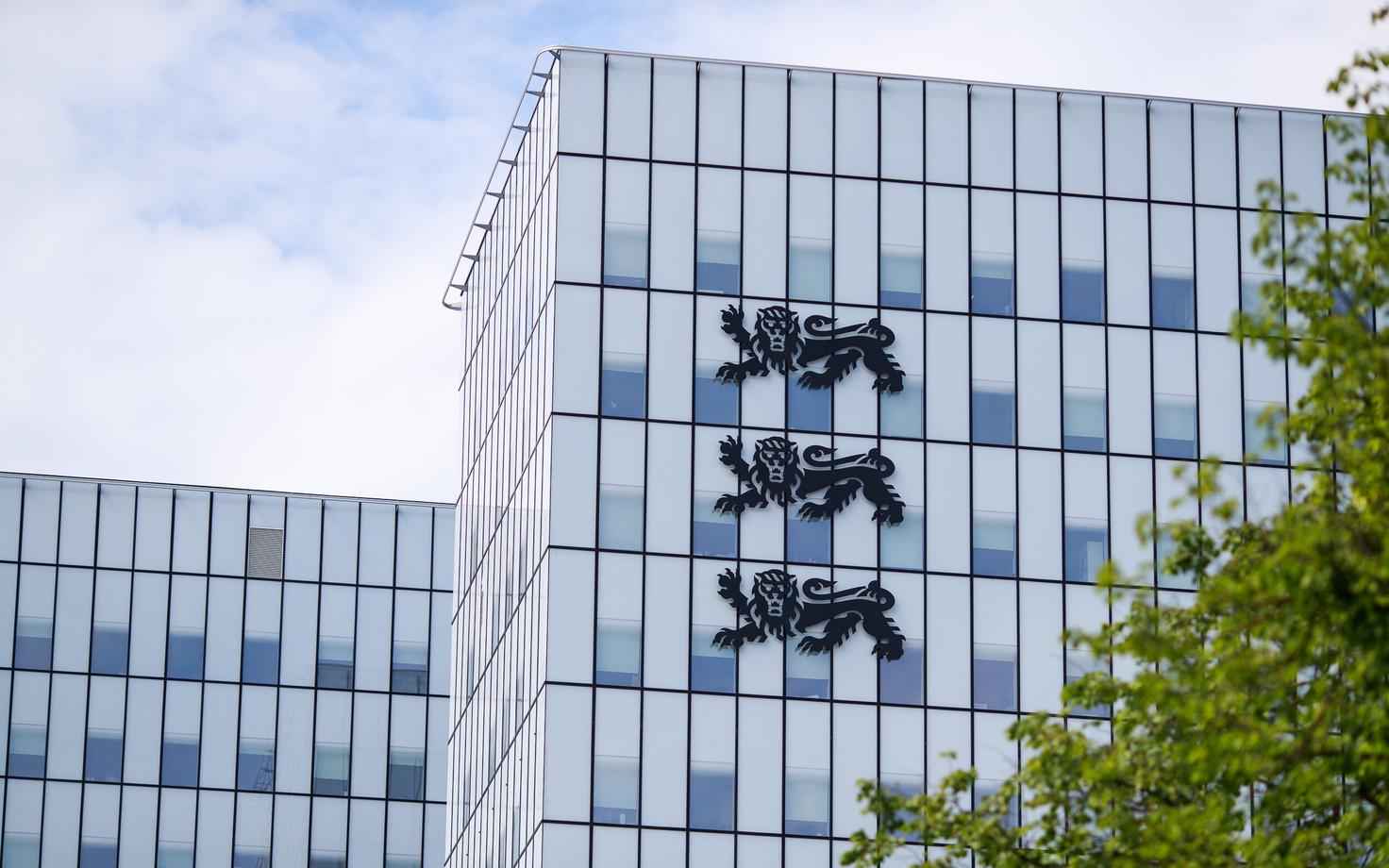
Course: Digital Product Management Industry Project
Team MKM: Eva-Liisa Heinmaa (Conversion Master in IT), Tiina Vint (Conversion Master in IT), Yaroslava Mykhailenko (Master's in Computer Science), Alamin Khan (Master's in Computer Science), Shirley Salm (Digital Product Management micro-credential programme)
Semester: Spring 2024
The challenge
A significant amount of data produced by public and private sector organizations remains underutilized, often confined to the organization where it was generated. Yet, the potential benefits of data sharing are substantial, presenting opportunities for revenue through data sales and the creation of additional value from data assets.
Although various ministries and institutions have explored different facets of data findability and data exchange, there is no platform (data marketplace) that provides a comprehensive overview of all government-held data while also facilitating data exchange within the private sector to discover, access, and monetize a diverse range of data sets.
The challenge lies not just in the physical availability of data but also in the ease with which it can be found, understood, and employed effectively. Improving data accessibility could unlock significant economic, social, and technological benefits by facilitating innovation, enhancing decision-making processes, and enabling more efficient operations across sectors.
Process and solution
Throughout the course, the MKM team (Majandus- ja Kommunikatsiooniministeerium) actively employed various Design Thinking and Digital Product Management methodologies and tools. Their workflow included sequential stages such as identifying pain points, conducting user research, generating ideas, developing prototypes, and testing usability.
During the problem discovery stage, the MKM team highlighted the following issues:
• Data Maintenance and Ownership: Who is responsible for maintaining the data? Who holds ownership of the data?
• External vs. Internal Data: How can we manage open, business-owned, third-party commercial, and processed data within the same platform?
• Data Storage: Where is the data stored? Where is the raw data stored? Where is the processed data stored?
• Data Quality: Who is responsible for ensuring data quality? How do we guarantee that the uploaded data is valid and compliant with the law?
• Data Integrity: How do we ensure that data remains accurate, complete, and consistent throughout its lifecycle? This involves protecting an organization’s data from loss, leaks, and corruption.
• Business Model: How do we ensure that the business model is effective and sustainable?
After conducting in-depth user research and market analysis, the MKM team decided to focus on the following How Might We question: “How might we make the platform more attractive?”. This question prompted them to design an AI-driven search engine to enhance the user experience and make the Data Marketplace more appealing, allowing users to find data effortlessly without needing extensive data science knowledge
Our aim was to design for a user who doesn't have a lot of knowledge about data. Our main persona is Lisa who has a question and needs data-driven answers. The AI-powered search is perfect to help her, since using it doesn't need any data-related knowledge and it gives a wide range of answers and opportunities to dig deeper. To make the data world even more attractive and easily understandable, we have planned a feature of visualization.
- MKM Team
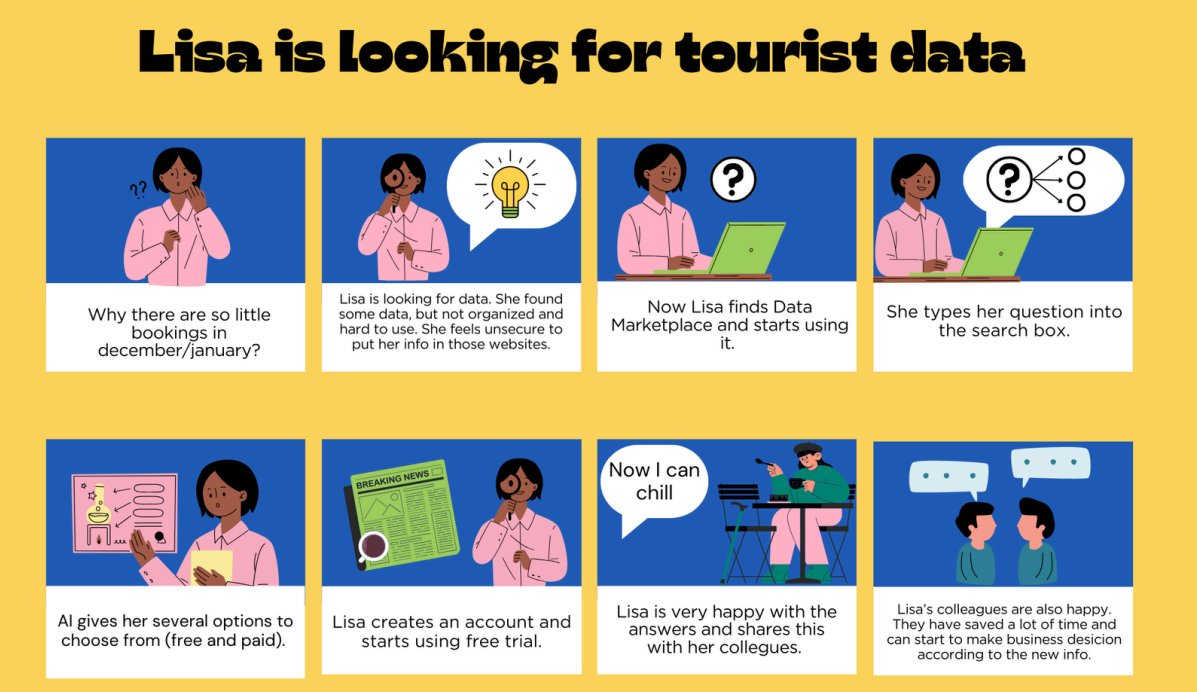
MKM team's innovative solution tackles the significant challenge of making data more accessible and valuable to a broader audience. Utilizing natural language processing and advanced algorithms, the AI search engine provides precise and relevant results, delivering data-driven answers and visualizations in response to user queries. The project also aimed to address important issues like data quality, security, and legal concerns related to data ownership and the protection of sensitive personal information. Moreover, MKM team spent significant time on ensuring the best possible user experience for the Data Marketplace users.
We focused on the user interface to make the platform intuitive, logical, and user-friendly. We thought through how and when to display different features and how to make keyword and filtering systems innovative and logical.
- Tiina Vint, Conversion Master in IT student
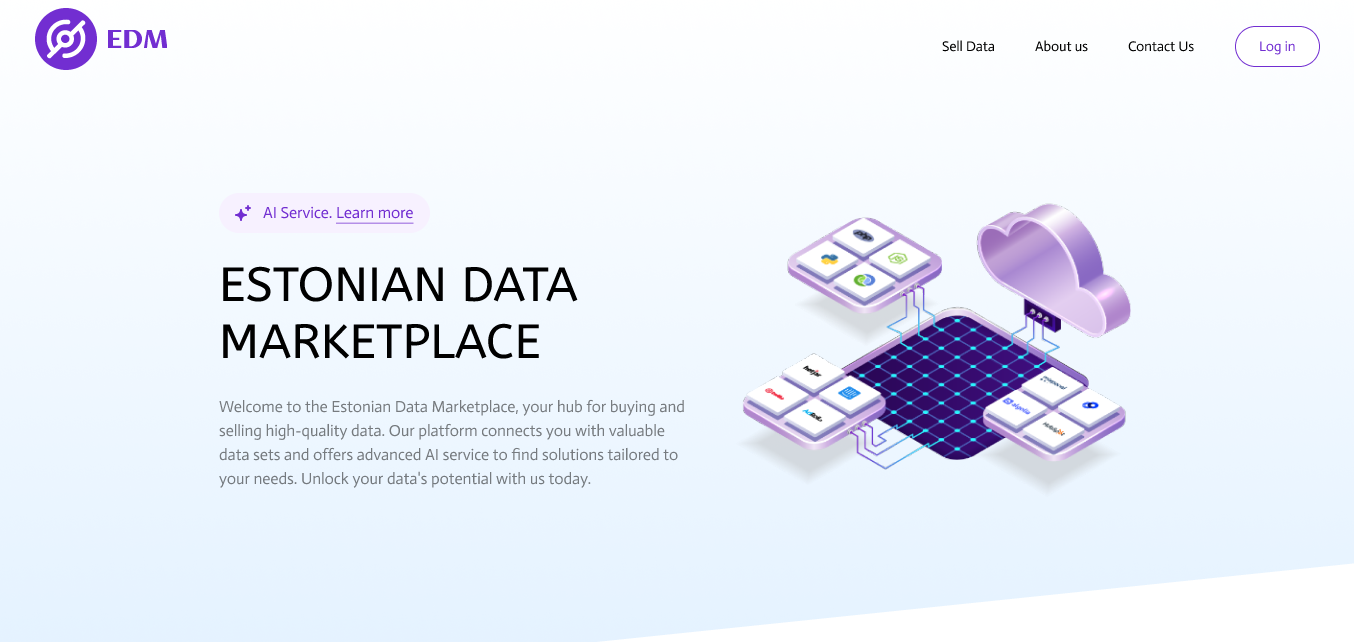
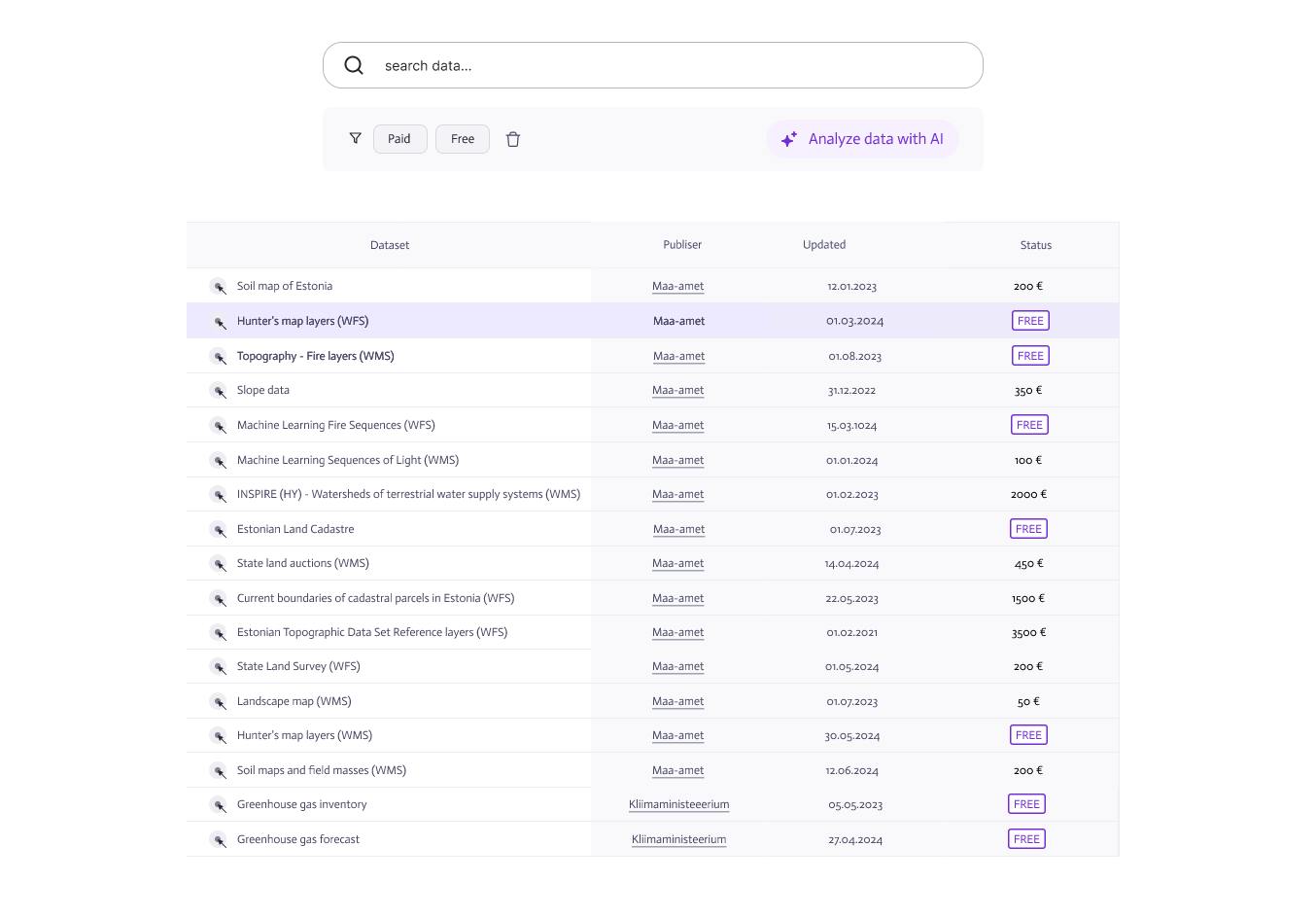
This project showcases the potential of AI technology to transform data accessibility, encourage a culture of data sharing and utilization, and emphasize the importance of data as a valuable asset for both individuals and businesses.

Course: Digital Product Management Industry Project
Team SK ID: Kristiina Oksner (Master's in Computer Science), Xinyue Zhang (Master's in Computer Science), Azhar Kazakbaeva (Master's in Software Engineering), Abdul-Rasheed Olatunji Ottun (PhD in Computer Science), Rene Juuse (Digital Product Management micro-credential programme)
Semester: Spring 2024
The challenge
Estonia is one of the few countries that have a widespread ability to electronically sign independently from e-service providers. The software component in focus is the DigiDoc client and mainly its versions in iOS and Android. That is currently offered by the government and paid by taxpayers. SK operates in several other EU countries, providing signing tools. There is a recognized need for a tool that allows individuals to sign and validate their signatures.
However, the publicly available solution has limitations, such as restrictions on the number of signatures per month and the absence of a service level agreement (SLA) between the private sector and the state. This significantly limits its usefulness. Additionally, the current solution is outdated and lacks user-friendliness.
One potential direction, aligned with the team's focus and interests, is to create an alternative solution that offers an improved user experience and includes features to facilitate onboarding for corporate and retail customers.
Process and solution
To gain a deeper understanding of the problem, the SK ID team conducted market research to explore various signing solutions available globally. Additionally, team performed extensive user research with a diverse group of people to comprehend their goals, challenges, and needs. Based on the findings from this user research, the SK ID team developed two personas: Alice, a small business owner, and Ben, a regular worker.
Alice: Represents users who initiate the signing process. In this case, Alice is the owner of a cafe, and Ben is an employee who works there.
Ben: Represents the other party involved in the signing process. In this case, Ben received a salary increment contract and needs to sign.
Alice employs Ben and decides to give Ben a raise, this means that both Alice and Ben have to sign a new contract. Alice is the one who uses the app and is initiating the signing process.
These personas are derived from user research findings. Through interviews, surveys, direct observations, and feedback sessions, the SK ID team gathered comprehensive insights into the requirements and preferences of both employers and employees. This holistic approach ensures that the digital signing application addresses real user needs and provides a seamless, efficient solution for contract management.
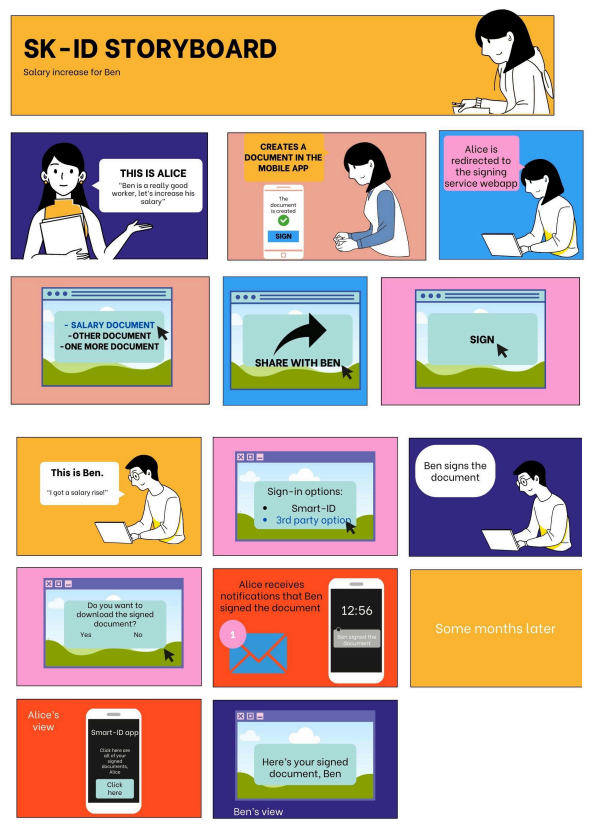
Afterward, the SK ID team transitioned to formulating "How Might We" questions to help generate various solutions. They identified two key questions to focus on:
• How might we provide document storage?
• How might we support different eIDs for signing?
Using a range of brainstorming techniques, the SK ID team came up with numerous potential solutions. These ranged from "Creating plugins for existing file hosting services (like Google Workspace) to sign documents stored on their platform" to "Providing features that enable more internal business uses, such as approving expenses, requesting and signing off on duties, etc.".
In the end, the SK ID team proposed a signing solution called "skuill" that is:
- easy to use, intuitive, and user-friendly;
- has the file storage to save all the signed documents and access them anytime;
- supports numerous identification providers: Smart ID, Mobile ID and others.
The team completed several user testing rounds, allowing them to validate their solution and significantly improve user experience.
One of the key achievements was successfully integrating feedback from user testing into the prototype, resulting in a more intuitive and effective design. This accomplishment demonstrated our commitment to user-centered design which was a core goal of the project.
- Xinyue Zhang, Master's student in Computer Science
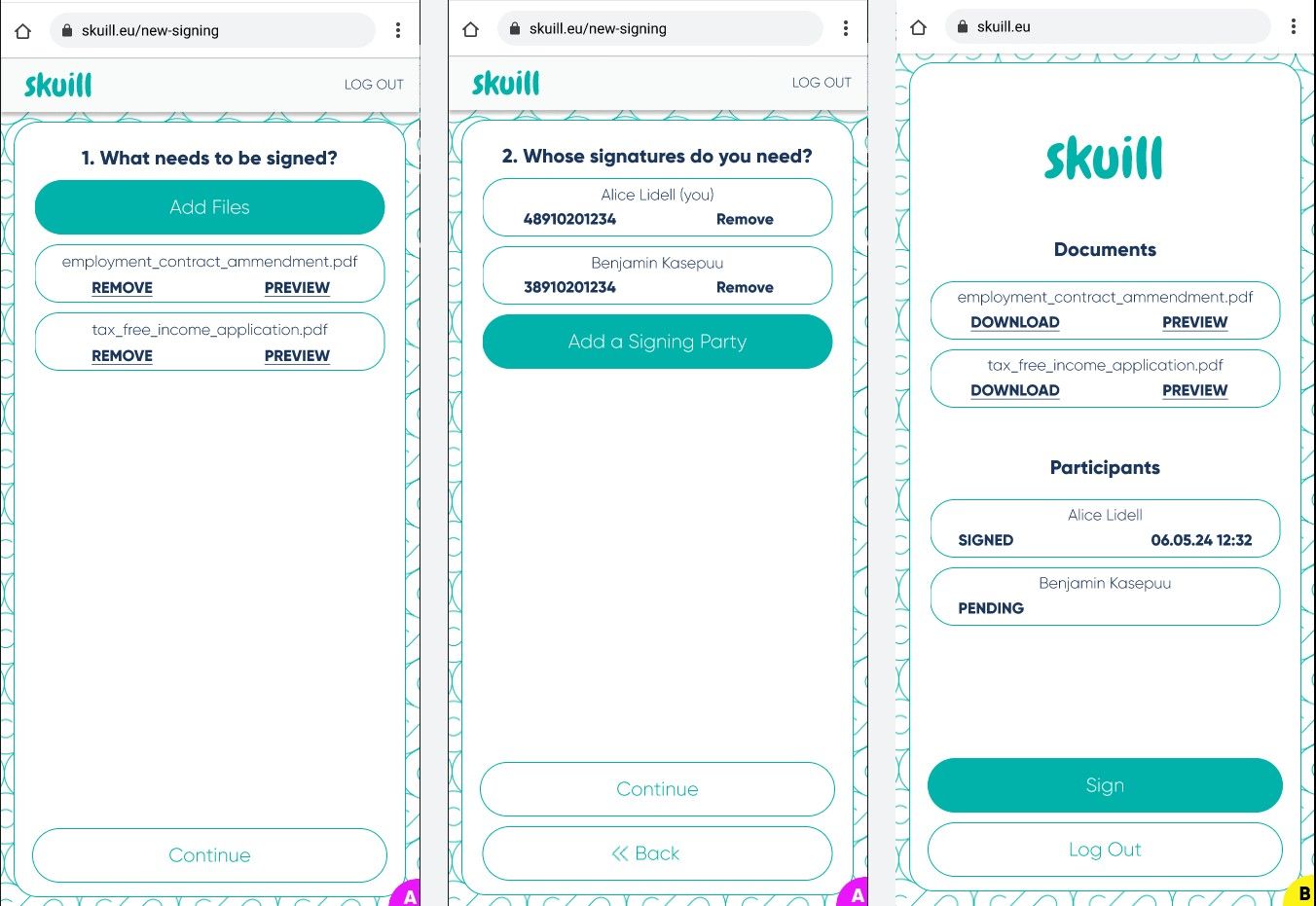
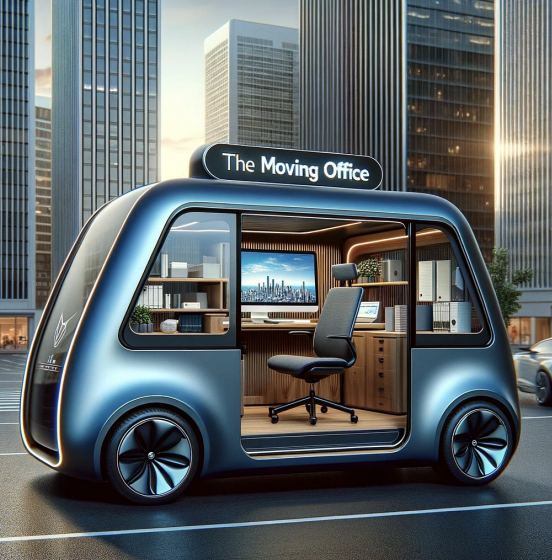
Course: Digital Product Management Industry Project
Semester: Autumn 2023
Another semester of the Digital Product Management Industry Project has been successfully concluded. In this industry collaboration-focused course, the participating students are tasked with producing high-fidelity prototypes that could solve the problem statements provided by the industry partner. This time around, the course had five teams that all tackled problem statements from Bolt and the Autonomous Driving Lab here at the Institute of Computer Science.
Digital Product Management Industry Project is a unique course in the Institute of Computer Science. It teaches the students WHY they should solve some problem instead of jumping directly to HOW they should solve it. Most of the courses focus on methods and algorithms, but before that, you need to be sure you are solving the right problem. We got many imaginative ideas from students on how different customers would use robo-taxis in the future, and these guide our vision for the autonomous vehicles of tomorrow.
— Tambet Matiisen, head of the Autonomous Driving Lab
The challenge
Autonomous driving technologies are making steady progress, and you can already hire a completely driverless taxi on the streets of San Francisco. As the technology matures, more focus goes to the user experience of actually using services built with those technologies. We want to understand the crucial differences in user experience when using a human-driven taxi or driverless taxi. In particular, we are interested in some of the weaknesses of driverless vehicles that can be overcome by altering the way users interact with them.
Process and solutions
The participating students hailed from various Master’s Programmes: Computer Science, Conversion Master in IT, Software Engineering, Innovation and Technology Management, and Data Science. Such a diverse group of students brought many different skill sets, experiences, and perspectives to the table. They had the following five user groups, or Personas, to focus on:
- Families with children
- Elders and people needing medical transport
- Tourists visiting new cities
- Tourists handling oversized luggage
- The business travellers
Each team, consisted of 3-4 students, dedicated an entire semester to focusing on a specific Persona. This approach allowed teams to cultivate a profound sense of empathy for their Persona, and create a solution tailored to chosen Persona.

Throughout the semester, students diligently adhered to a structured progression of steps:
- Introduction, Process Overview, and Methods. The semester kicked off with a comprehensive introduction, providing students with an overview of the processes and methodologies they would be employing.
- Partner Problem Statements; Team Formation. Students delved into partner problem statements, forming teams that would collaboratively tackle these real-world challenges.
- Problem, Market & User Research. The teams engaged in extensive research, exploring the problem landscape, market dynamics, and understanding the needs of their target users.
- Product Vision: Design Opportunities. With insights gathered, students defined a compelling product vision, identifying design opportunities to address the identified challenges effectively.
- Ideation & Solution Sketching. This creative phase involved brainstorming and sketching potential solutions, fostering innovation and diverse perspectives within the teams.
- Prototyping. Students translated their ideas into tangible form through prototyping, developing both application interfaces and in-car displays.
- User Testing and Iterating 1. The initial user testing phase allowed students to gather valuable feedback, leading to iterative improvements in their prototypes.
- User Testing and Iterating 2. Building upon the initial feedback, students conducted further user testing and made additional iterations to enhance the usability and effectiveness of their solutions.
- Final Presentations. The semester concluded with students showcasing their journey and presenting the final versions of their solutions, reflecting the culmination of their efforts and the valuable lessons learned.
Navigating through complexities and uncertainties, students encountered diverse obstacles that tested their problem-solving skills and resilience. The journey, though demanding, proved transformative as it equipped them with a robust understanding of the intricacies involved in designing and managing digital products.
The project showed the importance of flexibility and resilience. I discovered the importance of a backup plan and being prepared to take the initiative when faced with unexpected roadblocks. This project was a profound learning curve, both professionally and personally. It wasn't just about developing a product but crafting a service that genuinely resonates with users' needs. I am thankful for the opportunity and look forward to leveraging these insights.
— Alicia Sudlerd, student of Elderly Team
Moreover, this time, the Industry Project course also had a guest lecture by Prof. Kuldar Taveter, Head of Chair of Software Engineering at the Institute of Computer Science, titled “Emotional Goals for Travelers in Autonomous Vehicles.” Professor Taveter walked students through the Do-Be-Feel method, allowing them to build deeper connections with their Personas.
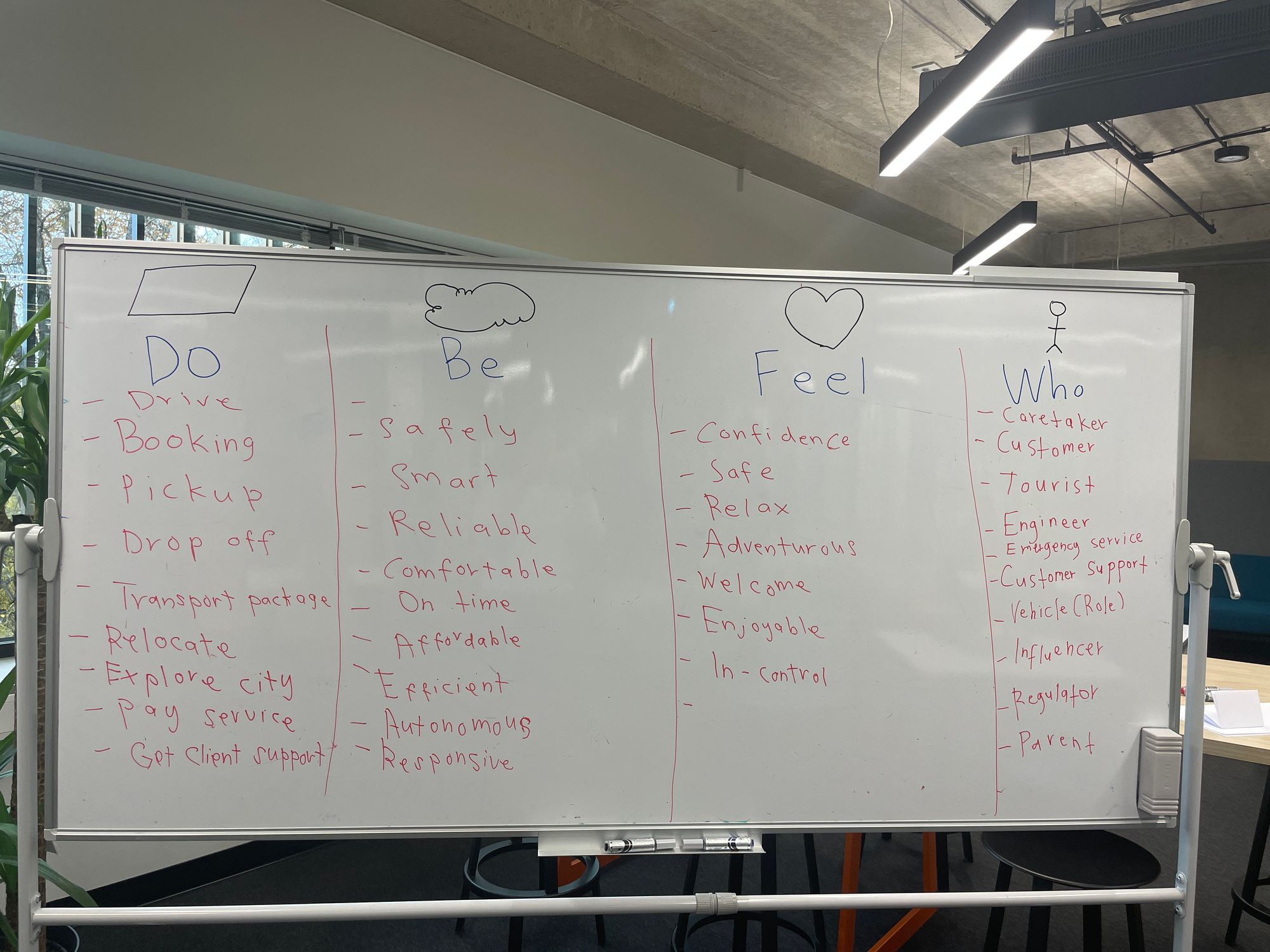
In the end, students delivered high-fidelity prototypes tailored to their Personas. For instance, the Family Team developed a two-sided prototype with entertainment features for the child and additional safety measures for the parent. The Elderly Team took into account the Persona's potential discomfort with new technologies, ensuring sufficient support and addressing medical needs. Meanwhile, the Business Traveler team innovated with "The Moving Office," a solution allowing business professionals to maximize productivity seamlessly.
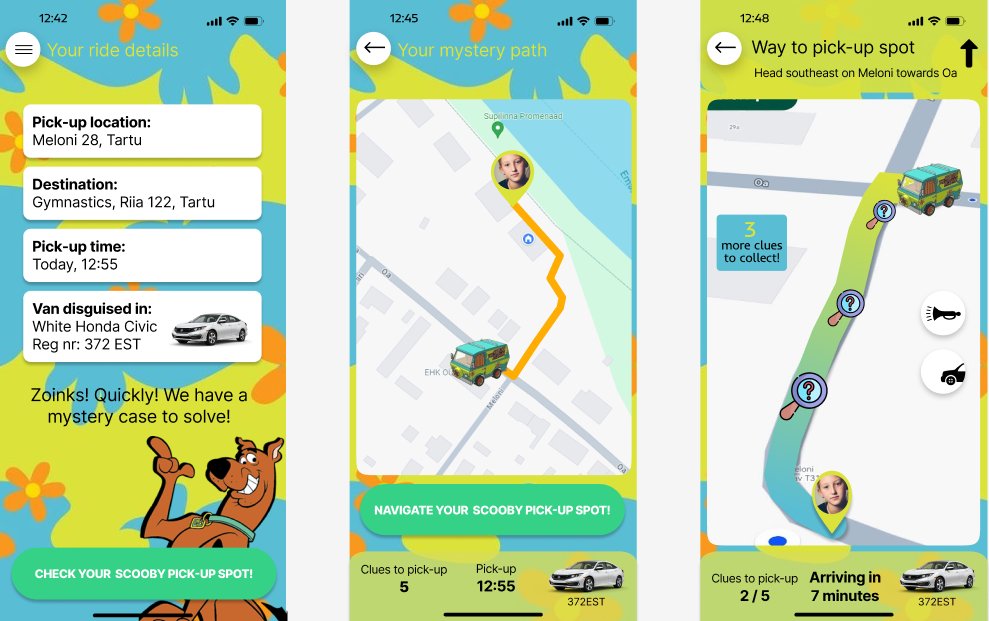
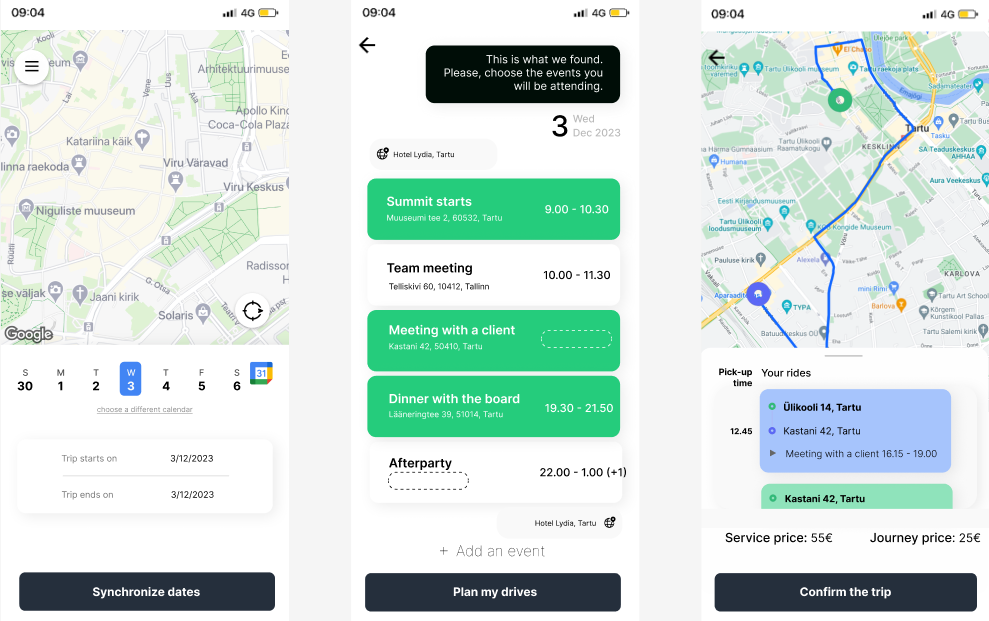
The Regular Tourist Team devised a solution enabling tourists to effortlessly plan their day in a new city, eliminating the need to engage with strangers or navigate unfamiliar roads. Finally, the fifth team, the Tourist with Luggage Team, developed a solution to assist travellers with oversized luggage in swiftly and easily securing a taxi, alleviating the stress of uncertainties about whether their belongings will fit.
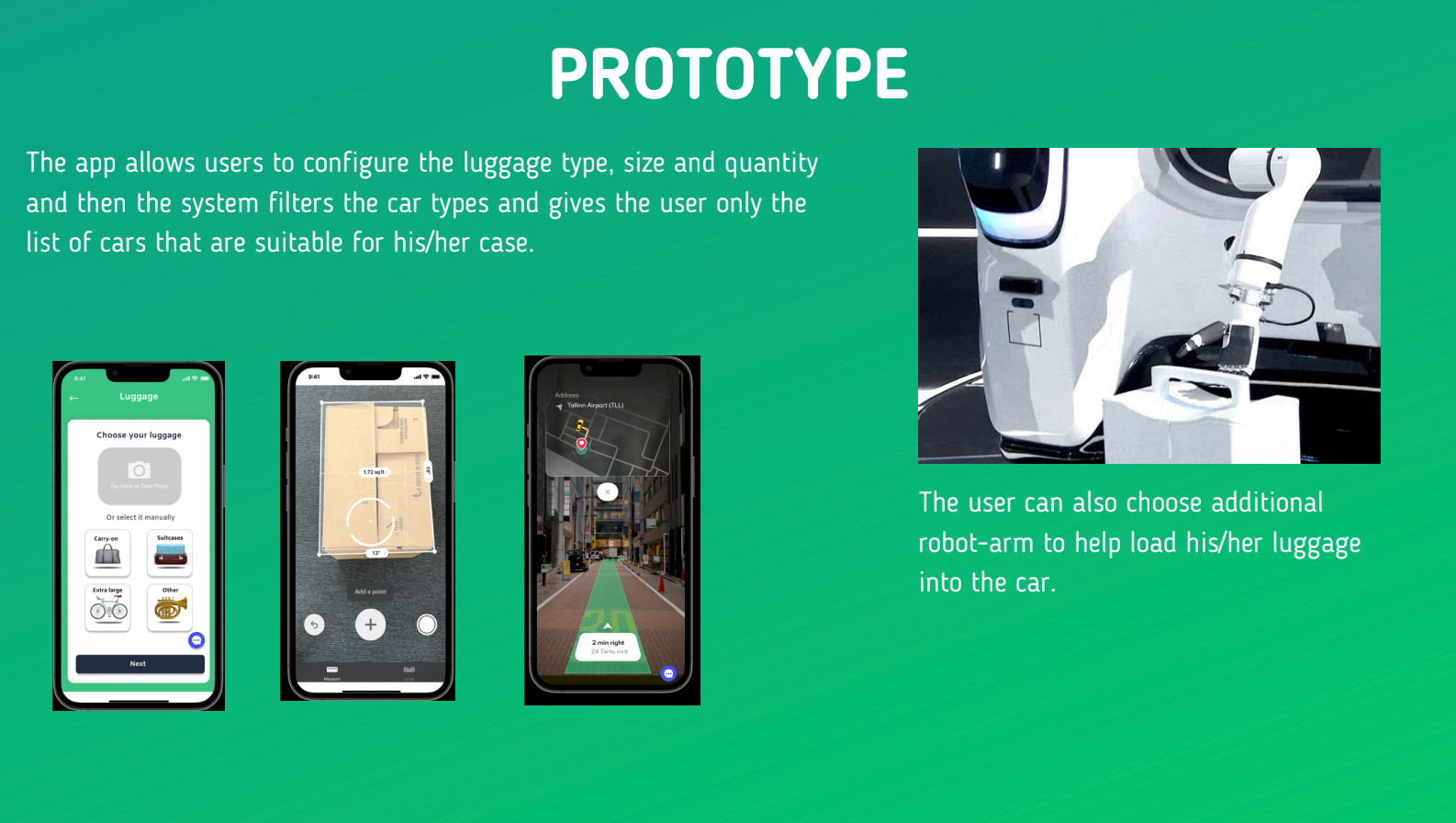
Furthermore, students not only created prototypes for applications but also developed prototypes for in-car displays, aiming to consider the entire surroundings of the rider.
Therefore, the collaboration between Sandbox and Autonomous Driving Lab proved highly fruitful. Working hand in hand, we navigated challenges and harnessed collective strengths to create solutions that hold significant potential. We at Sandbox are hopeful that in the future, all users can enjoy smooth, safe, and comfortable rides in Bolt's self-driving taxis! 🚕
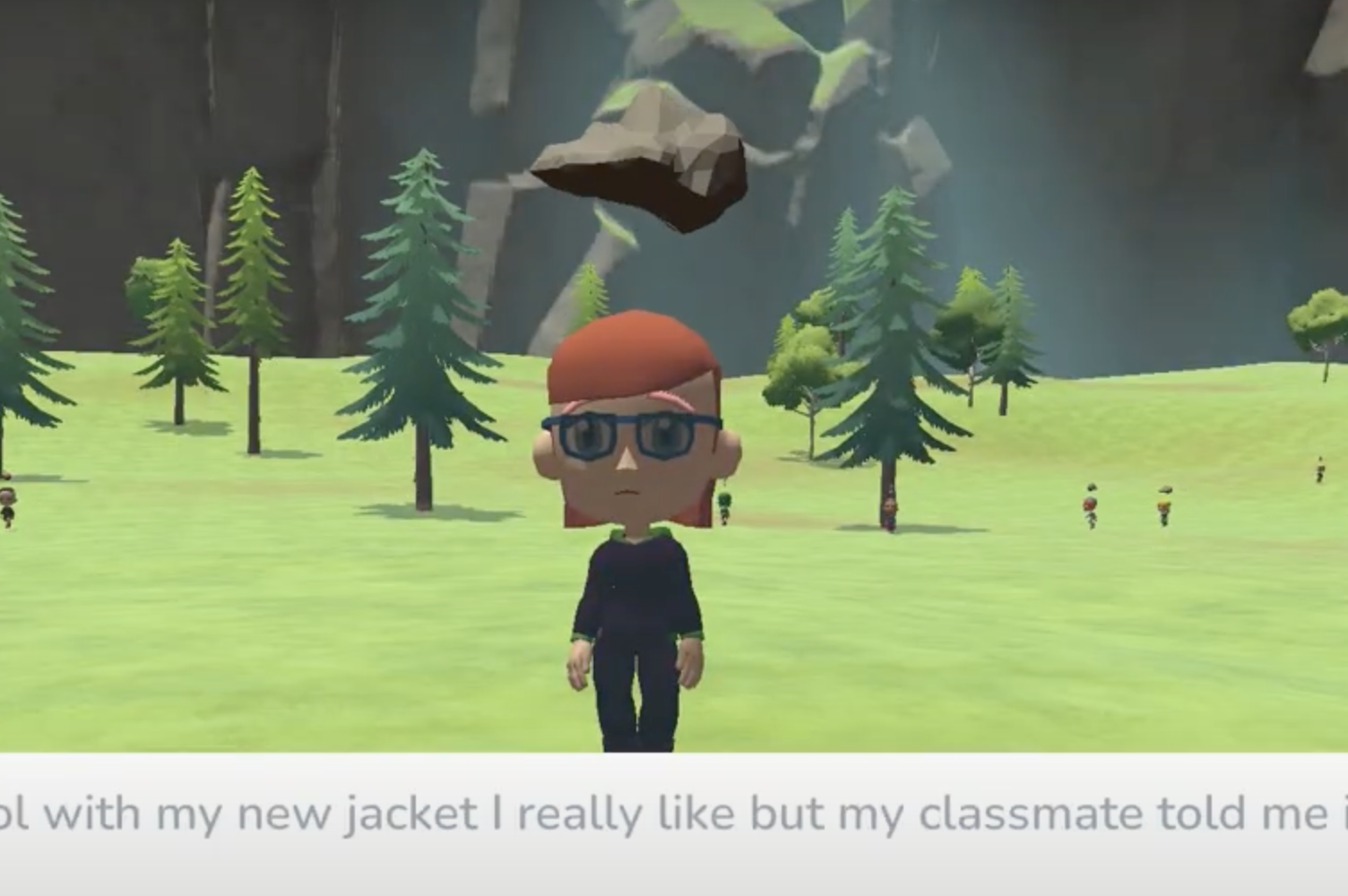
Course: Digital Product Management Industry Project
Team Triumf Health: Liina Aru (Conversion Master in IT), Kadri Koit (Conversion Master in IT), Araz Heydarov (Master's in Computer Science), Gulnar Mammadli (Master's in Computer Science)
Semester: Spring 2023
The challenge
Triumf Health has created the Triumfland Saga mobile health game for children to improve their mental health and wellbeing. This age-appropriate adventure game is for building resilience in a fun and engaging way – its methodology is backed by science and it helps build measurable skillset to navigate through feelings and emotions. The game is personalized and made accessible for everyone, whenever children may need it. Triumfland Saga wellbeing game for children aged 7-12 has been selected as the best technology in the world for health and wellbeing. While the methodology is highly accepted by children globally, adults are making the decisions on behalf of children and they often choose to deal with consequences rather than focus on prevention and promotion that Triumfland Saga offers. We must change this and here is where this project comes to play!
Process and solution
Throughout the course, the Triumf Health team effectively utilized various approaches and resources from Design Thinking and Digital Product Management. During user research, they created Empathy Maps for a parent, a teacher, and a therapist. Moreover, the Triumf Health team carefully crafted — based on interviews — a user persona named Teele Maasikas, a 37-year-old accountant and mother of two residing in Tallinn. By doing so, the team was able to identify and understand the primary challenges and pain points of their persona. The team constructed a user journey and determined that a crucial "How might we" (HMW) question should revolve around effectively communicating the advantages of mental health problem prevention to parents — "HMW convey to parents the benefits of mental health problem prevention?" Among numerous generated ideas, the team highlighted the development of a progress dashboard, to-do lists of the activities, a community for parents, and providing online assistance from psychologists. After several rounds of user testing, the team delivered a final prototype that included these ideas.
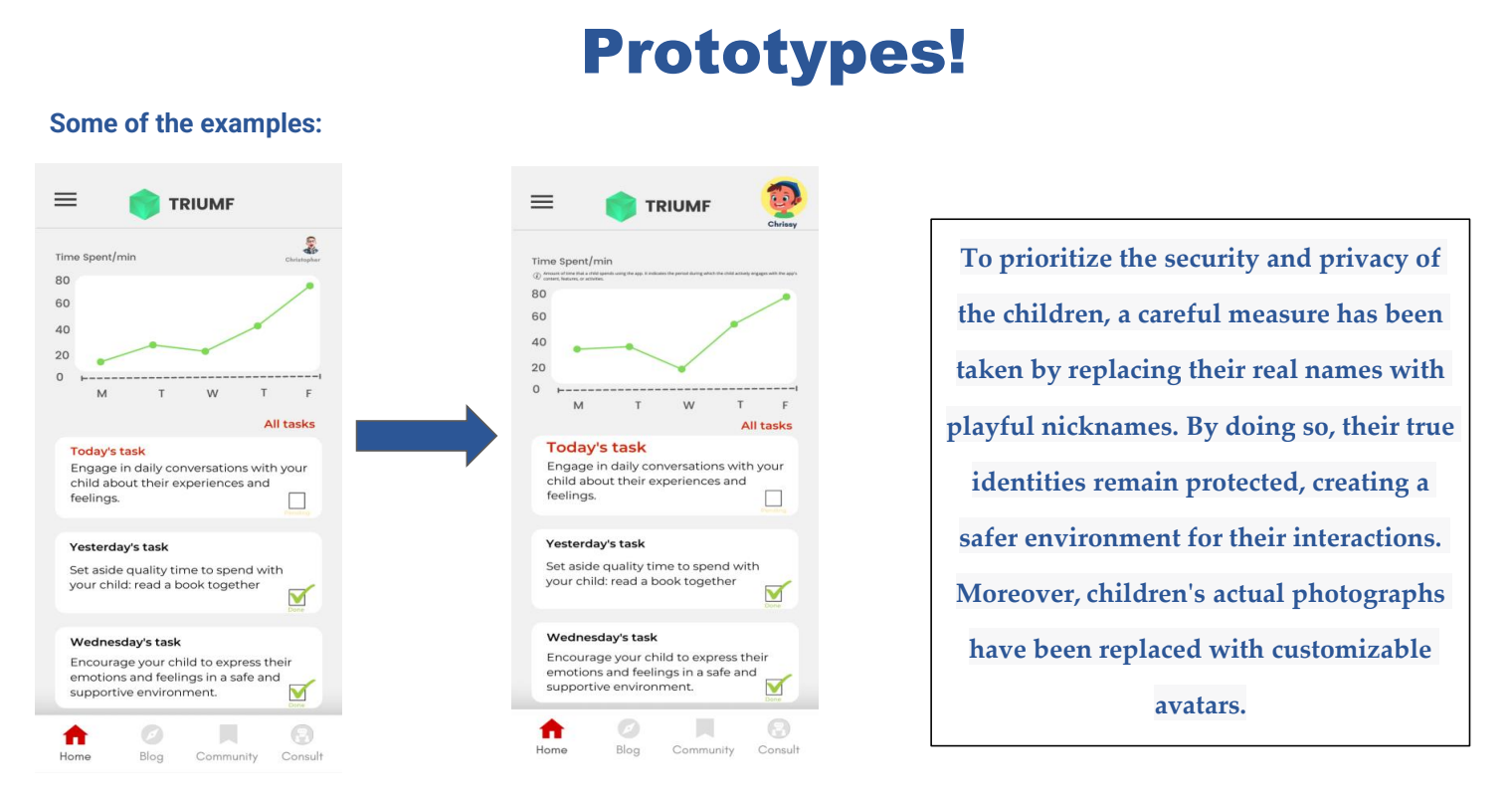
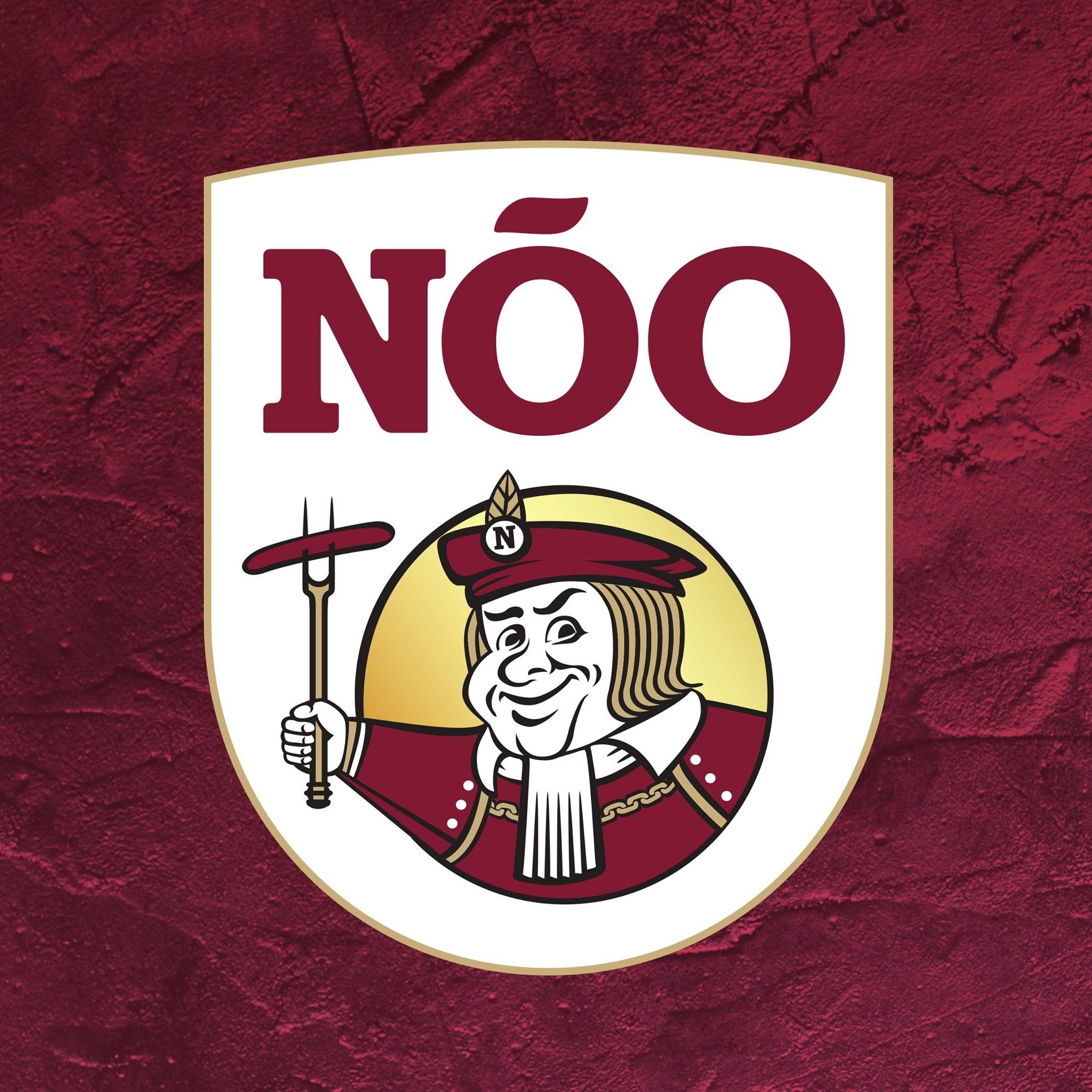
Course: Digital Product Management Industry Project
Team Nõo Lihatööstus: Lichettey Aavik, Pirgit Pajoma, Pille Neider-Kuusalu, and Lauri Ütsik (Conversion Master in IT students)
Semester: Spring 2023

The challenge
Nõo Lihatööstus transports their products to clients using various plastic boxes. Once the delivery is made, clients are expected to return the empty boxes. Unfortunately, a significant number of boxes are being misplaced during this process. Nõo Lihatööstus is seeking a digital solution that can effectively monitor and keep track of the quantity of the boxes returned by each individual client.
Process and solution
During the course, the Nõo Lihatööstus team proactively utilized various methodologies and tools of Design Thinking and Digital Product Management. The workflow encompassed several sequential stages: pain-point identification, user research, idea generation, prototype development, and usability testing. As an integral part of this process, the team thoroughly examined and visualized the journey of the boxes. They pinpointed the key stakeholders involved and conducted interviews with truck drivers, logistic center personnel, and high-level management from Nõo Lihatööstus.
The team successfully identified Design Aspects and Design Opportunities related to the challenge. They formulated various How Might We (HMW) questions, and following their research, they pinpointed a crucial HMW question: HMW design a solution to make the entire journey of the transport boxes fully traceable? Employing diverse ideation techniques like Crazy 8 and Mash Up, the team generated numerous solutions for this key design opportunity. Some of the proposed solutions included an Automated System for box transportation, RFID scanners, and a Personal responsibility system.
Ultimately, the Nõo Lihatööstus team successfully created a high-fidelity prototype of a mobile app designed to facilitate truckers in tracking the number of boxes returned at each location. Through multiple rounds of usability testing, the team diligently identified and addressed numerous minor issues, greatly enhancing the convenience and user-friendliness of their solution.
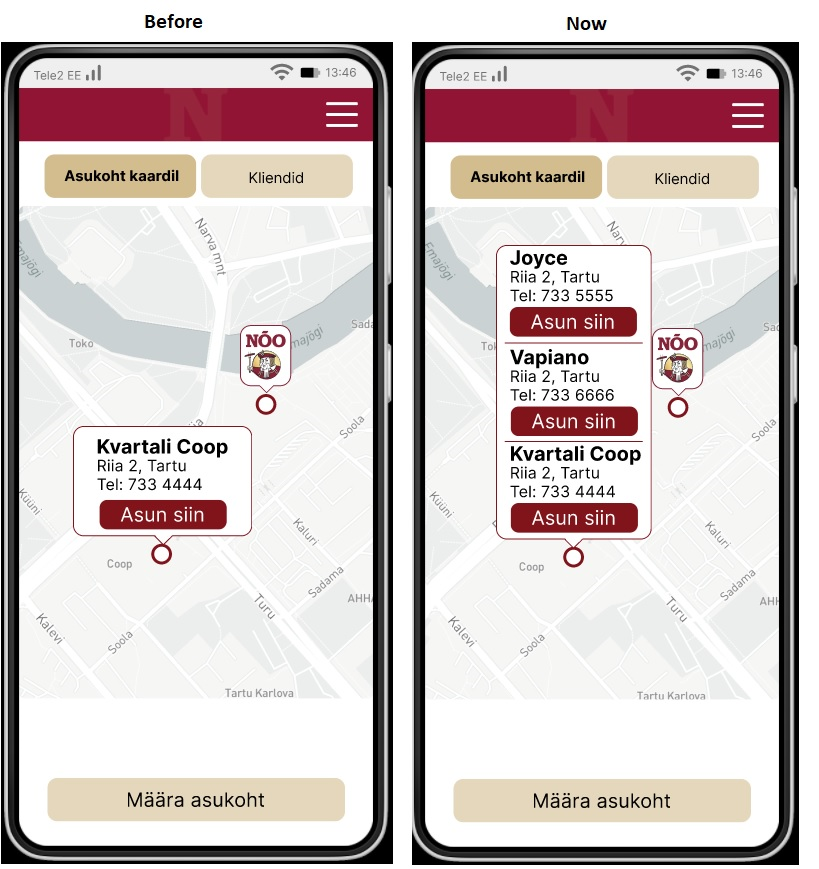

Course: Digital Product Management Industry Project
Team Tartu City: Veronika Moskalenko, Oleksandr Hranat, Erdem Güngör (Master's in Innovation and Technology Management students), and Gunay Hajizada (Master's in Quantitative Economics)
Semester: Spring 2023
The challenge
Tartu possesses exceptional prerequisites that position the city as a potential international test and development center for novel technologies. These prerequisites include:
- Open, flexible, and inclusive municipal governance.
- High-level research capacity offered by universities.
- Well-established business incubation environments like Tartu Science Park and Tartu Centre for Creative Industries.
- A vibrant and active start-up community.
- A top-notch education system.
- Convenient and accessible e-services.
- Expanding the availability of open data covering various aspects of urban life.
- An airport that enhances connectivity.
- Well-developed public transport connections.
- A safe and inspiring urban environment.
However, despite the presence of these excellent prerequisites, they currently exist in a fragmented manner. The untapped potential to attract both domestic and international entrepreneurs to Tartu is apparent.
Therefore, we are seeking an informative, convenient, and digital solution that can integrate all the aforementioned prerequisites into a single development service. By doing so, we intend to effectively market this service both domestically and internationally, showcasing Tartu's strengths and enticing entrepreneurs to explore the opportunities it presents.

Process and solution
Throughout the course, the Tartu City team actively employed a range of methodologies and tools from Design Thinking and Digital Product Management. The process involved a series of steps, starting with issue identification, followed by user research, idea generation, prototype development, and concluding with user testing.
As part of this process, they carefully crafted two personas based on interview insights. The first persona is Kati Verskii, an aspiring entrepreneur interested in launching her own business in Estonia. The second persona is Andres Kivimägi, the Head of the Research and Development unit at a prominent technology company based in Germany. The team then proceeded to construct user journeys specifically tailored to these two personas, mapping out their existing interactions and experiences. Additionally, the team dedicated efforts to creating Empathy maps and providing a Value Proposition Canvas.
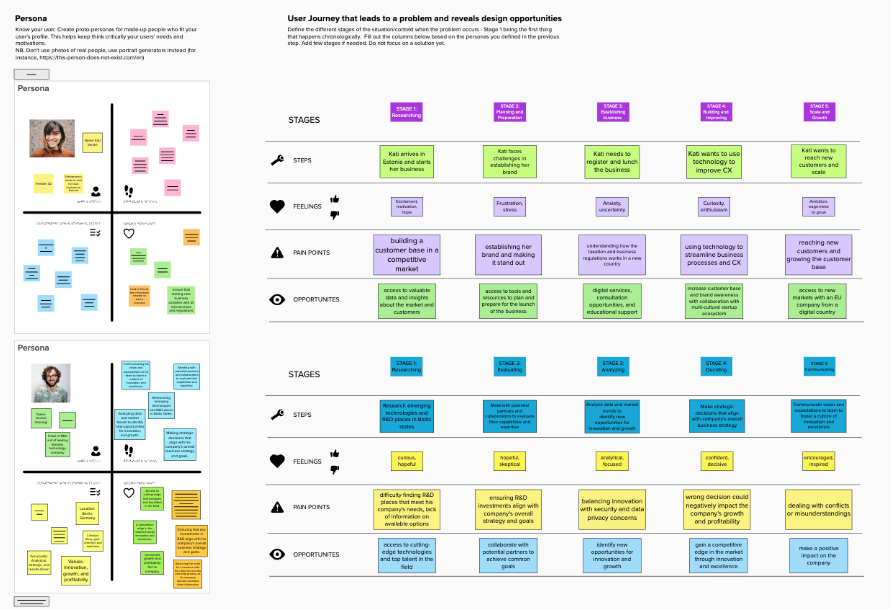
Following extensive research and multiple rounds of developing "How Might We" questions, the team identified several design opportunities. Ultimately, they narrowed down their focus to the following question: HMW create a digital, and easily accessible platform that combines all useful information and resources for startups, companies, researchers, investors and other target groups?
Following multiple rounds of user testing, the ultimate iteration of the website consists of distinct sections tailored to Startups, Researchers, Students, Investors, and Companies. The platform showcases crucial information and consolidates essential links, providing users with a centralized information hub. The website also features information about Tartu projects and the main facts about Tartu. Furthermore, it offers insights into Tartu's life and culture.
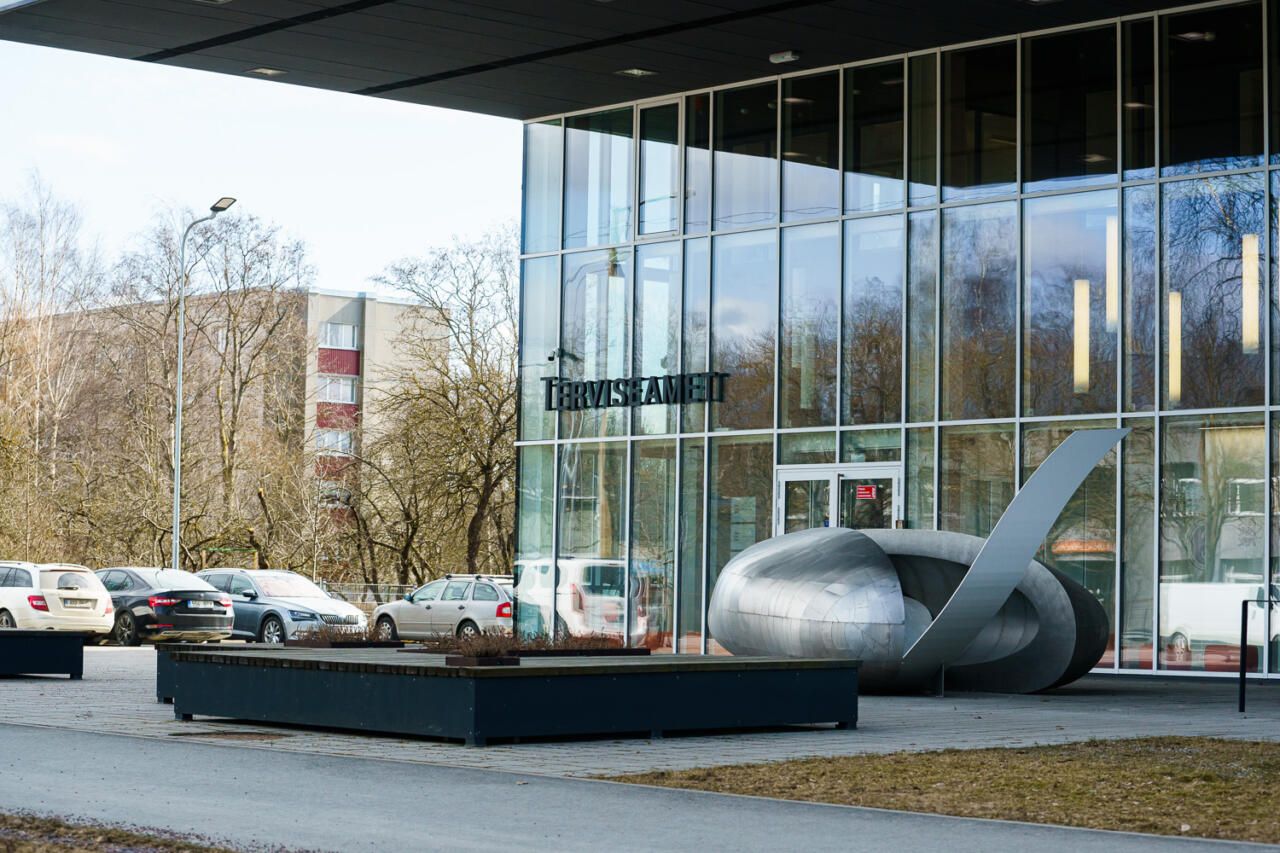
Course: Digital Product Management Industry Project
Team Health Board: Katrin Põldsepp and Maris Palgi (Conversion Master in IT students), Merey Beisembayev and Toghrul Pashabayli (Master's in Innovation and Technology Management students)
Semester: Spring 2023
The challenge
The Estonian Health Board, or Terviseamet, is a governmental agency under the Ministry of Social Affairs responsible for healthcare, health protection, environmental health, chemical safety, and medical device safety in Estonia. They also provide chargeable laboratory services for assessing water quality. Terviseamet has received more user feedback that environmental health data is not conveniently available to citizens, research institutions, companies, or other state institutions. The data is scattered across different sections of the Terviseamet website as well as various other government websites and news outlets, posing difficulties in locating the necessary information. Despite the surge in public concern over health and well-being, the current Terviseamet website needs help to provide an efficient, user-friendly, and interactive platform for various stakeholders to conveniently access environmental health data for personal awareness and research purposes.
On the other hand, business clients that have to report and cooperate with Terviseamet experience time-consuming and error-prone manual data entry process that causes delays in data availability. Furthermore, organizations dealing with radio frequencies and water management have expressed the need for an updated and modernized data collection system.
Process and solution
The Health Board team started with a thorough investigation of the different sections of the Terviseamet webpage to better understand the current situation with negative user feedback. Moreover, they identified and interviewed the main stakeholders: Citizens, Water management operators, Mobile Operators, and The Terviseamet team. Afterward, the team developed several personas and a user journey for a citizen.
After several rounds of How Might We questions and different ideation techniques, the Health Board team formulated the problem with one sentence, "finding information about environmental health," focused on the target group (citizens), and set up the goal to design a user-friendly webpage with up-to-date data and other features.
Ultimately, the Health Board team suggested a possible redesign of the current website to make it more interactive, user-friendly, and integrated with all the background business-related processes. Moreover, the team developed Business Process Map for both water quality and mobile operator sides. Maps included pointers for improving the speed of internal business processes that slow down data entry and collection.
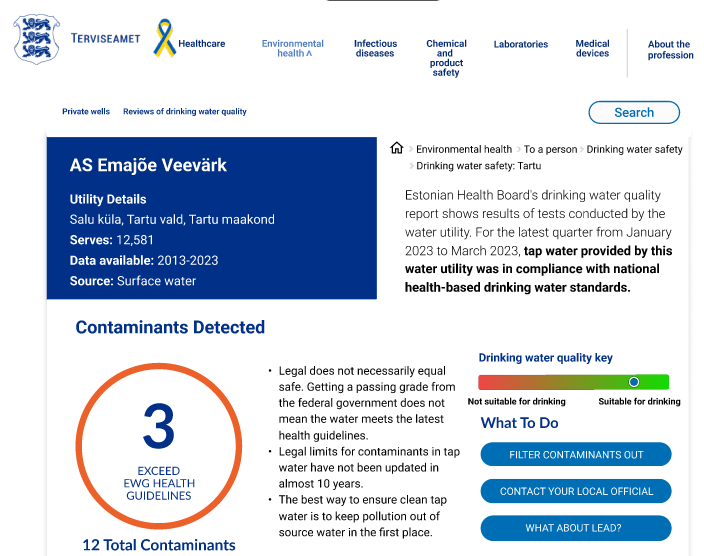
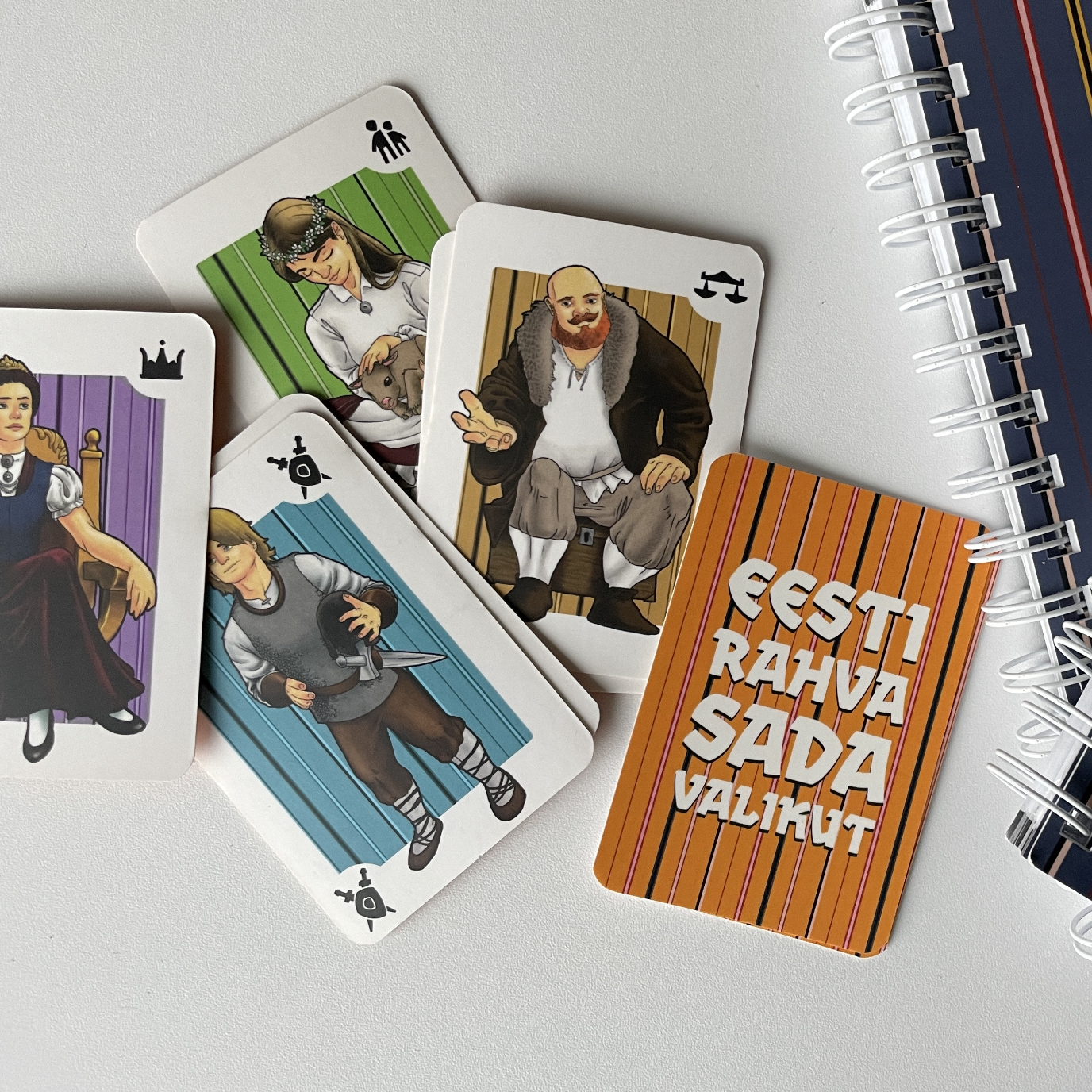
Course: Digital Product Management Industry Project
Team Ethics: Aro Kivisild (Conversion Master in IT), Ojus Virendra Tudavekar (Master's in Software Engineering), Deepika Uttam Sambrekar (Master's in Software Engineering)
Semester: Autumn 2022
The challenge
The Centre for Ethics of the University of Tartu presented the challenge of digitizing the board game “Estonians 100 choices”. This game was created under a nationwide initiative, “Value Development in Estonian Society”. The game focuses on helping the players reflect on the causes of moral disagreements and the foundations of their own ethical positions. The development of four dilemma-based values games has resulted in board game versions of the game.
However, the high cost of a printed game has proved to be a constraint on development. Moreover, the printing involves a large amount of environmentally unsustainable material, and the printed version is too heavy. Therefore, the main challenge for Team Ethics was to digitize the game in order to avoid the high cost of printing and to reach a wider audience, keeping in mind the importance of game values.
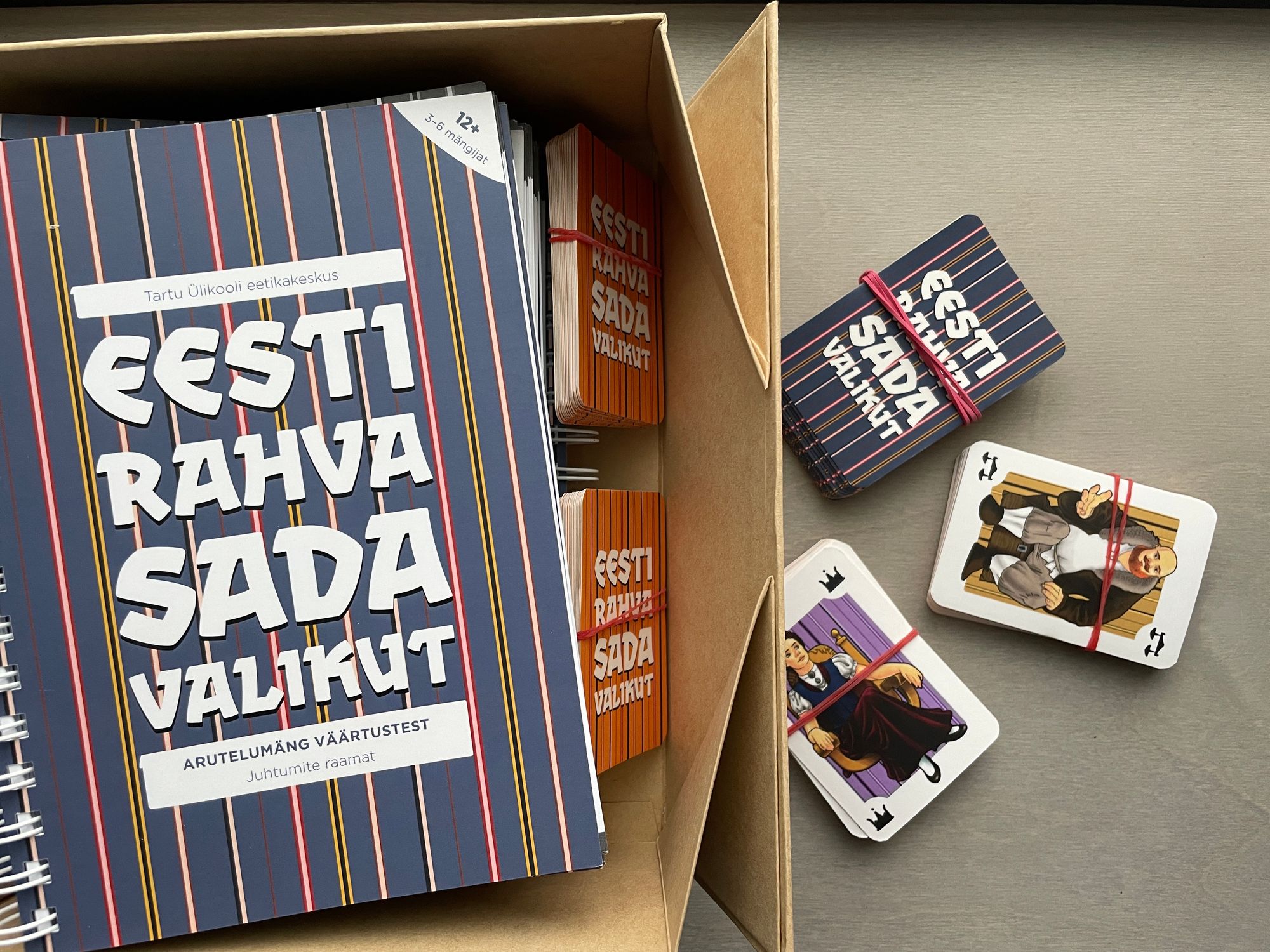
Process and solution
During the process, team Ethics conducted Stakeholder mapping, filled in a Value Proposition Canvas, developed Persona and User Journey, and identified Design Aspects and Design Opportunities for the challenge. The team came up with four How Might We questions and, after the research, highlighted a key HMW: HMW make the game more engaging to play in a digital environment?
Using various ideation techniques, such as Crazy 8 and Mash Up, the team came up with multiple solutions for the key design opportunity. Their final product prototype includes several scenarios, two main rounds and one bonus round of the game, a leaderboard, and the player's moral compass. Team Ethics hopes their work is one of the stepping stones for building a strong community of "Estonians 100 choices" players.
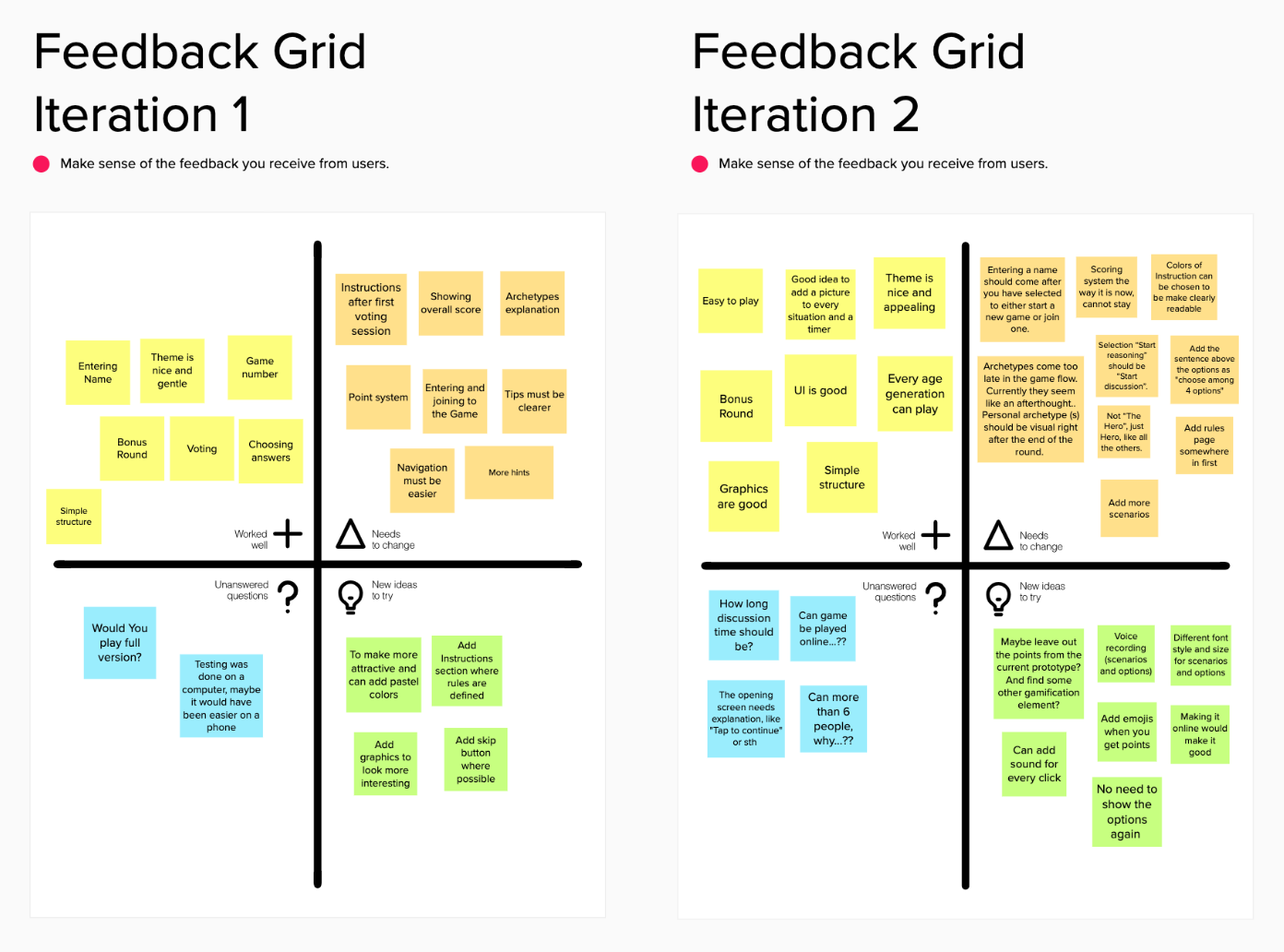
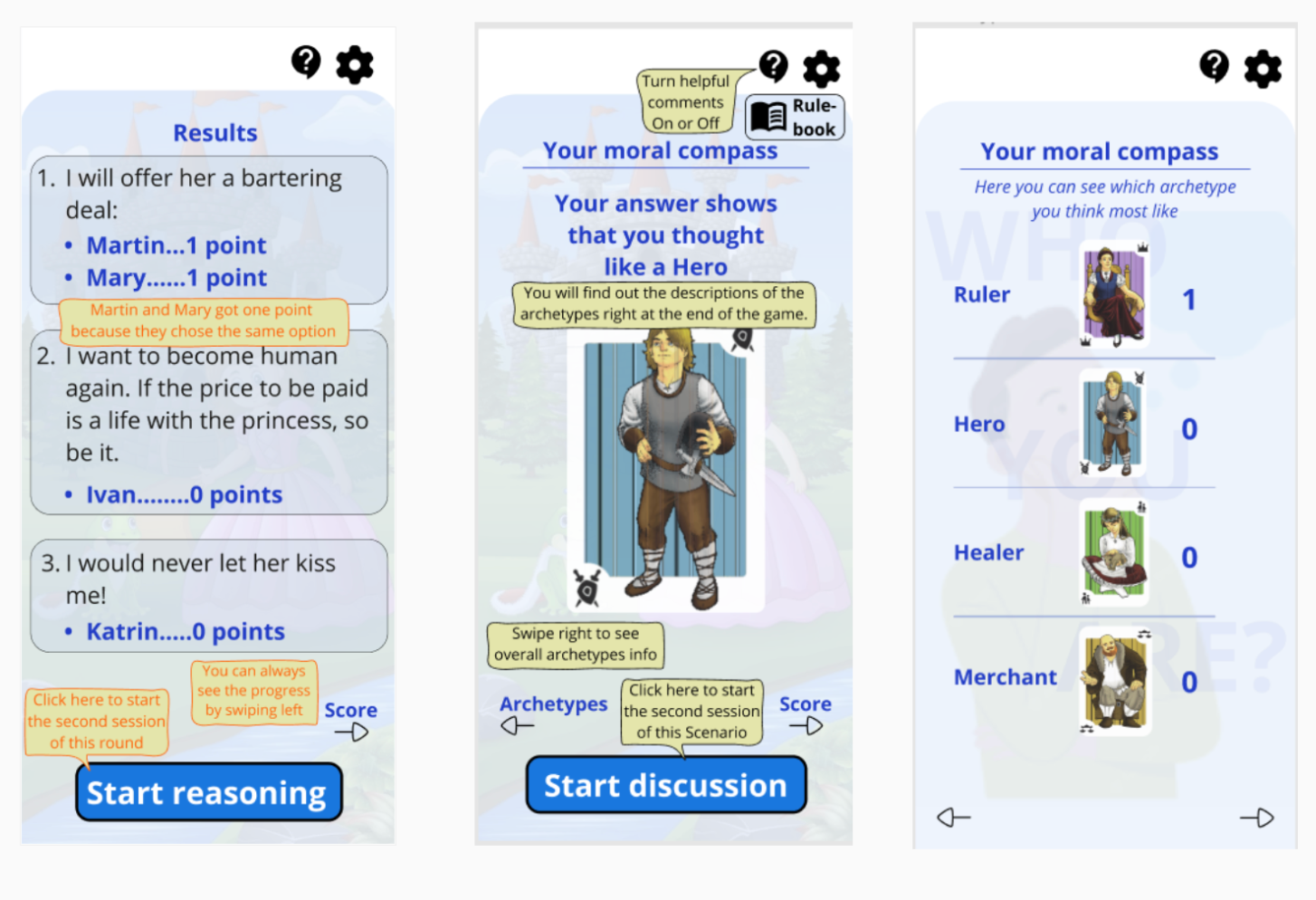

Course: Digital Product Management Industry Project
Team Foxway: Abhishek Giri (Master’s in Quantitative Economics), Siritorn Ploychareon (Master’s in Innovation & Technology), Marc Sahuguet (Master’s in Computer Science)
Semester: Autumn 2022

The challenge
Foxway Recommerce has sustainability and a circular economy at the core of its business model. The company takes care of the 2nd, 3rd, and 4th lifecycles of electronic devices. To make the buyback of devices as easy as possible for the customers, Foxway is developing an online buyback channel.
As any ambitious endeavour usually does, the development of the online buyback channel presents several challenges. Customers have to provide functional information and grade the cosmetic conditions of the devices.
How to make sure that customers provide accurate information about devices? How to eliminate the subjectivity of the assessment? Especially when it comes to the cosmetic conditions of the device.
How to ensure the whole process is as smooth as possible for the customer?
Process and solution
During the course, team Foxway applied various techniques and tools from Design Thinking and Digital Product Management in order to discover problems, conduct user research, brainstorm ideas, develop prototypes, and conduct user testing.
After thorough research, the team highlighted several design opportunities and decided to focus on the following question: How Might We build trust and value for end users?
The final Foxway team's prototype is designed to facilitate semi-automated devices' price evaluation. To complete the evaluation process, users must follow four simple instructions: opening settings, pressing buttons, taking photos, and testing the touchscreen. Considering user research findings, the final application provides information about the amount of potentially saved CO2 emissions alongside the estimated quote price. Moreover, the final prototype offers a user the option to get paid and instructs how to send mobile devices to Foxway.
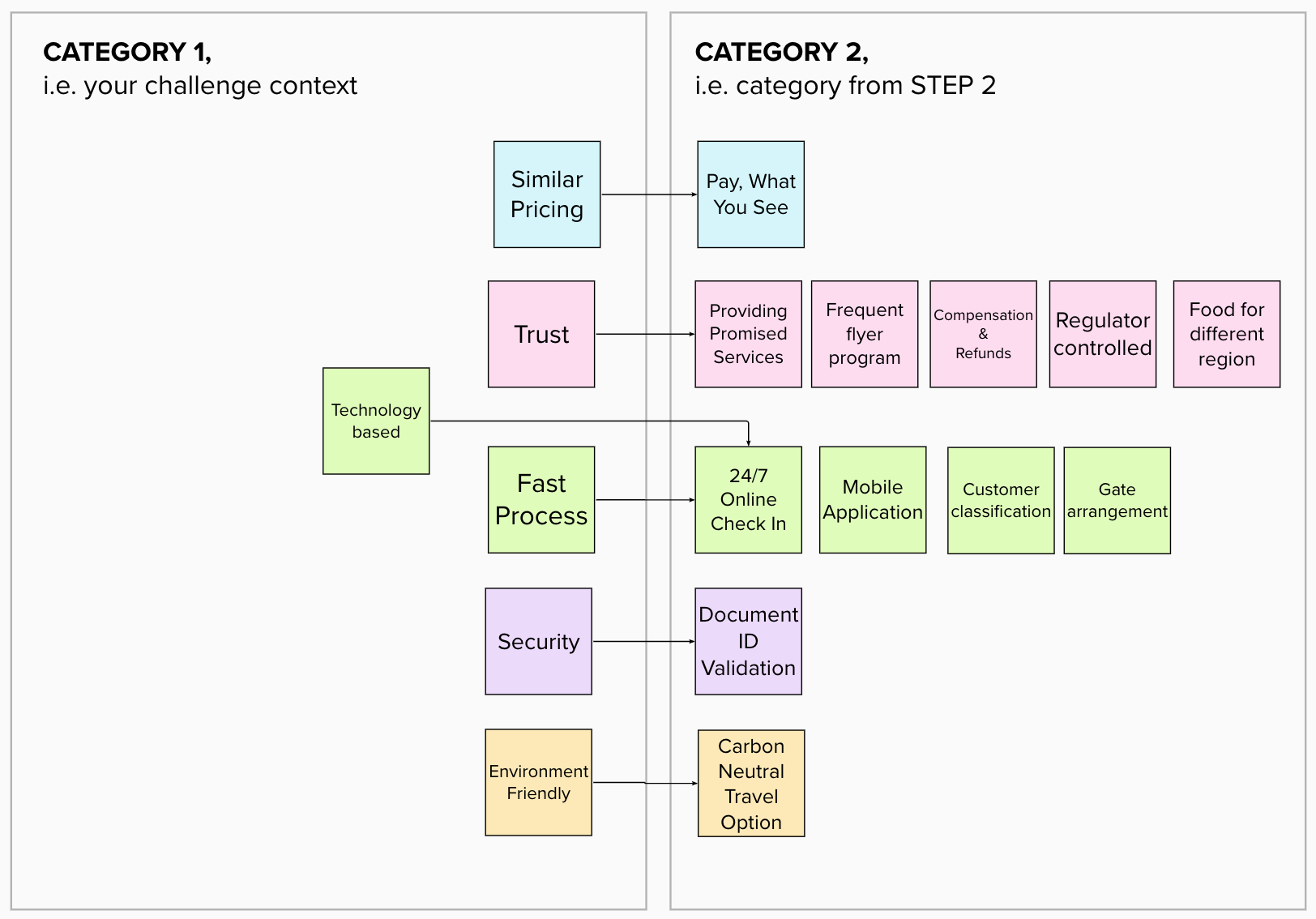
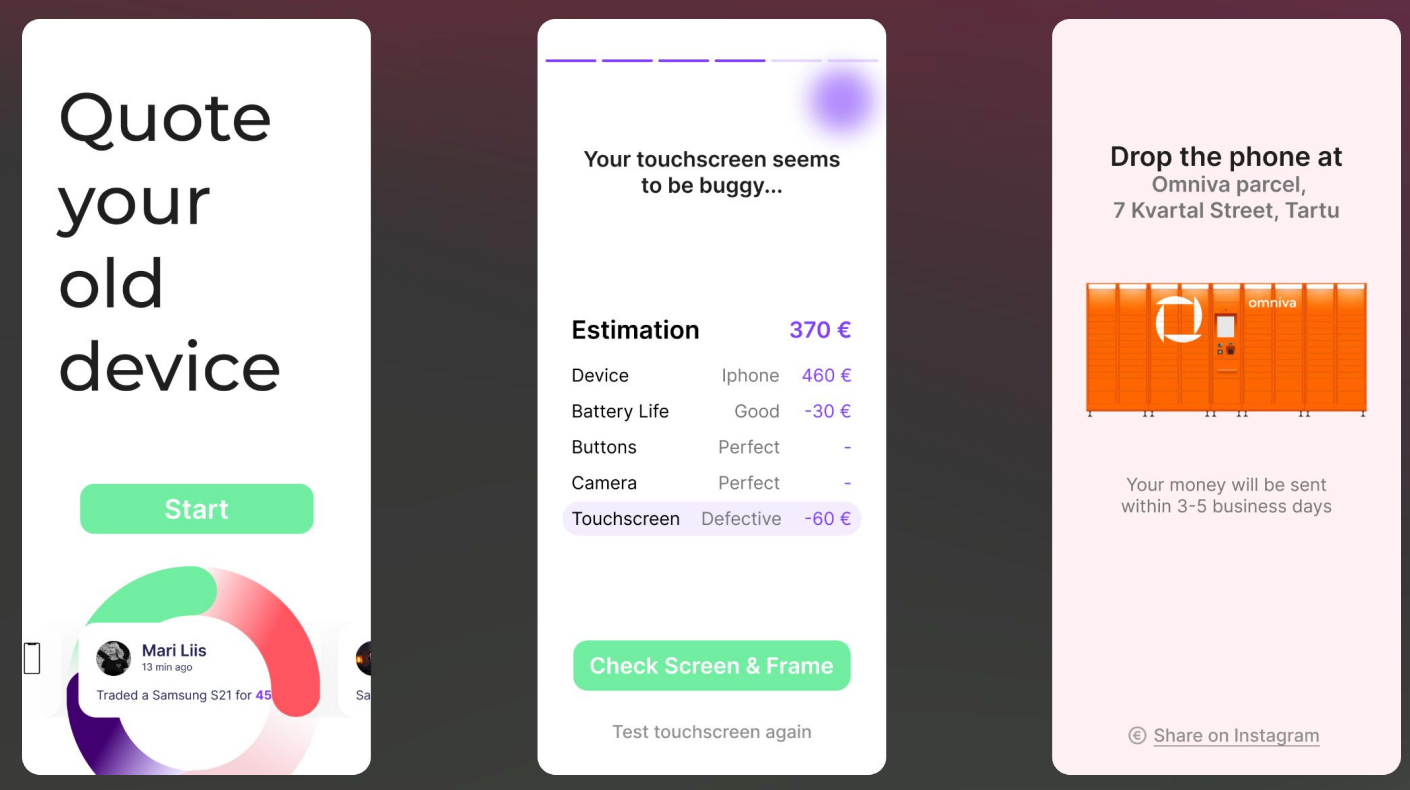
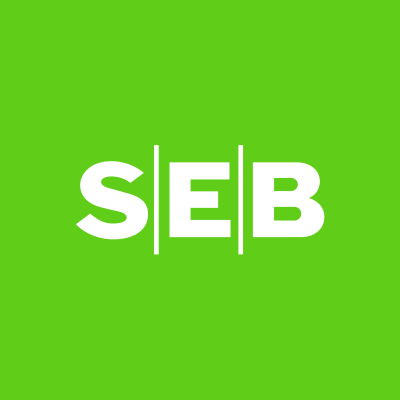
Course: Digital Product Management Industry Project
Team Emotional Payment: Kaisa, Birgitt, Tejas, Peeter
Semester: Spring 2022
The challenge
Making payments from your account to someone else’s account is a rather technical thing. However the intentions are not always technical. SEB assumes that people sometimes use money as a gift, as a bonus for a well-done job, as a help or support, as a donation etc. However, the bank’s existing payment forms in Internetbank or Mobile App do not support people to fully convey the emotion when making the payment, and people look for alternative channels to deliver it (SMS, call, Messenger, WhatsApp, cash).
Process and solution
Team Emotional Payment analyzed stakeholders, built a persona and an user journey map, and identified six stages, from initiating a bank transfer to communicating with the receiver about it. After user research, the team came up with three different design opportunities. The one they decided to focus on was: How might we add an emotional personal touch to the bank transaction?
The ideation phase proved to be very productive for team Emotional Payment, as they brainstormed a lot of exciting and innovative ideas. The team presented a product prototype that allows enriching the regular money transfer with a wide variety of features, from poems to interactive images of birthday cakes.
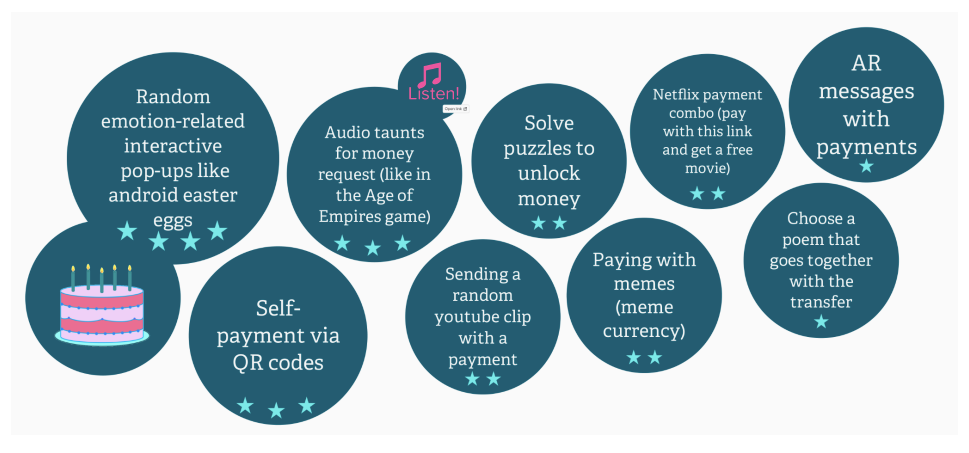
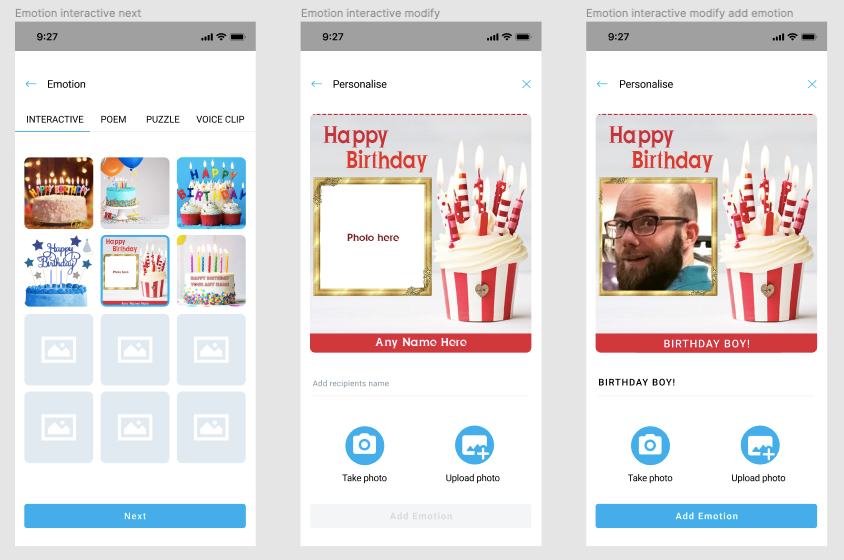
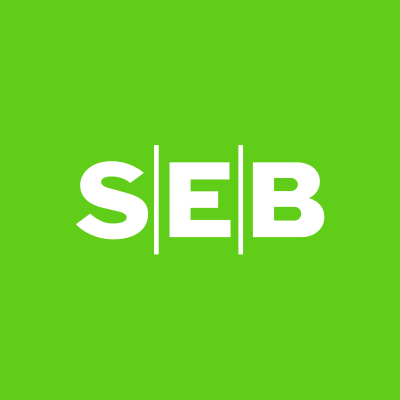
Course: Digital Product Management Industry Project
Team Finbest: Monica, Karl, Asso, Binghua
Semester: Spring 2022
The challenge
SEB presented the challenge that a large proportion of the society is facing financial stress on a daily basis. Some people are able to manage their finances well but some are struggling. Different customer groups have different approaches to managing financial stress and therefore also need different solutions. In addition, financial stress can create not only financial problems but also impact health. The challenge of this project was to find out the customers' financial stress and lead them to solve it with our product.
Process and solution
During the course, team Finbest analyzed four different personas, conducted seven interviews, built a journey map, and tested various assumptions. After thorough user research, they came up with ten design opportunities. The team decided to focus on the following opportunity: How might we support customers to reach their financial goals based on their life priorities?
After the ideation and testing phases, team Finbest presented a product prototype that would help users assess their financial situation, make and follow a budget, increase financial literacy, and, most importantly, release financial stress.
